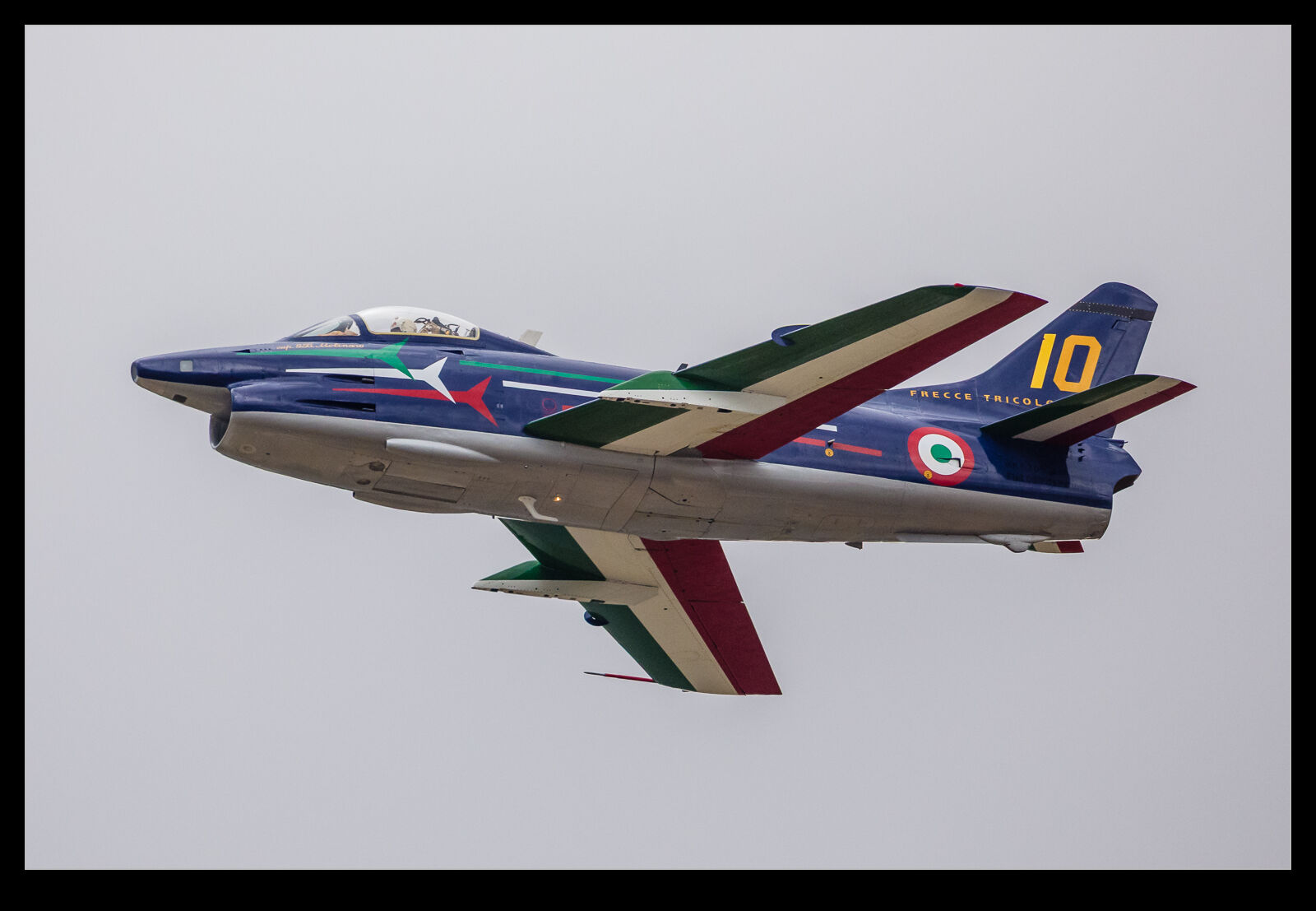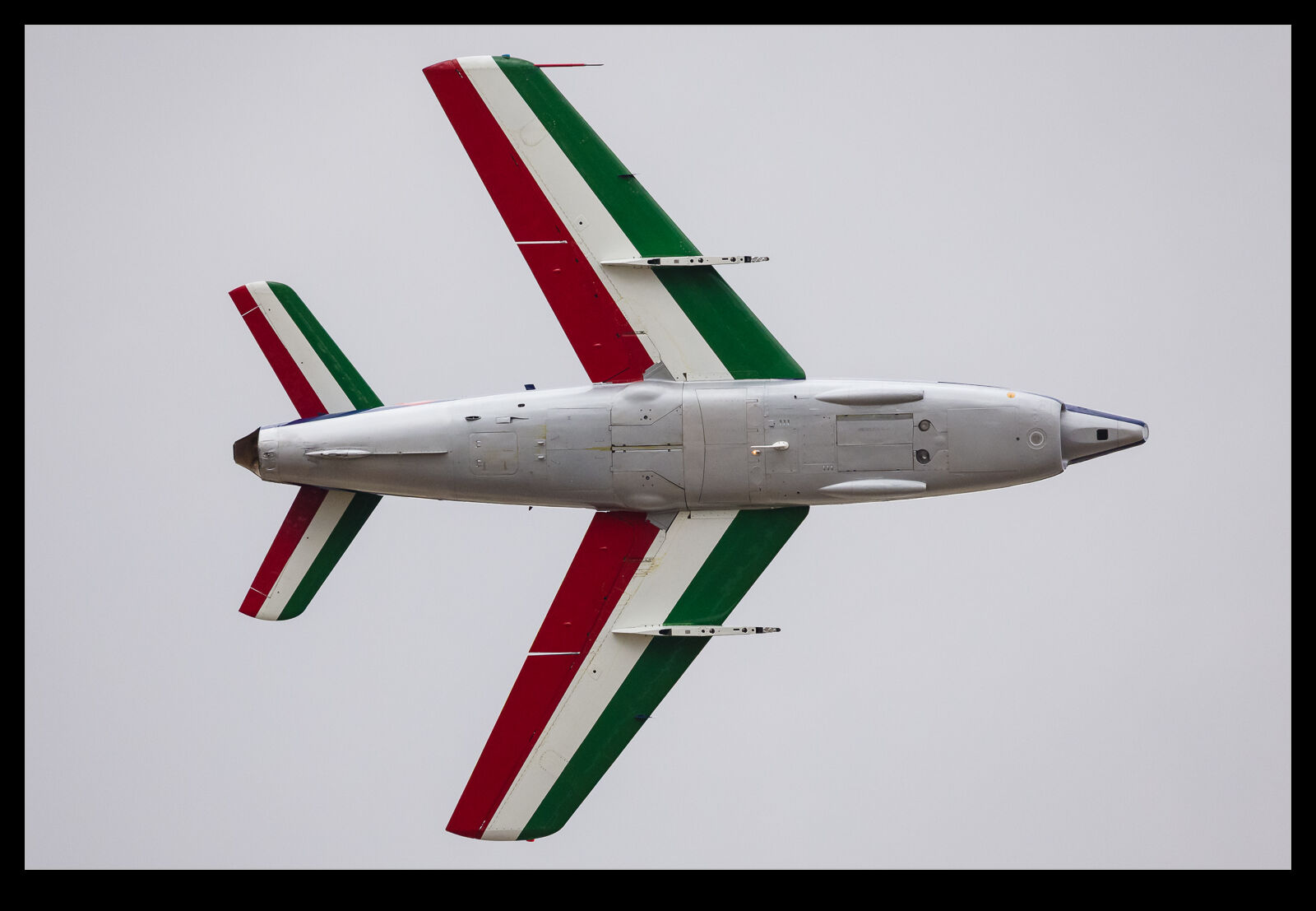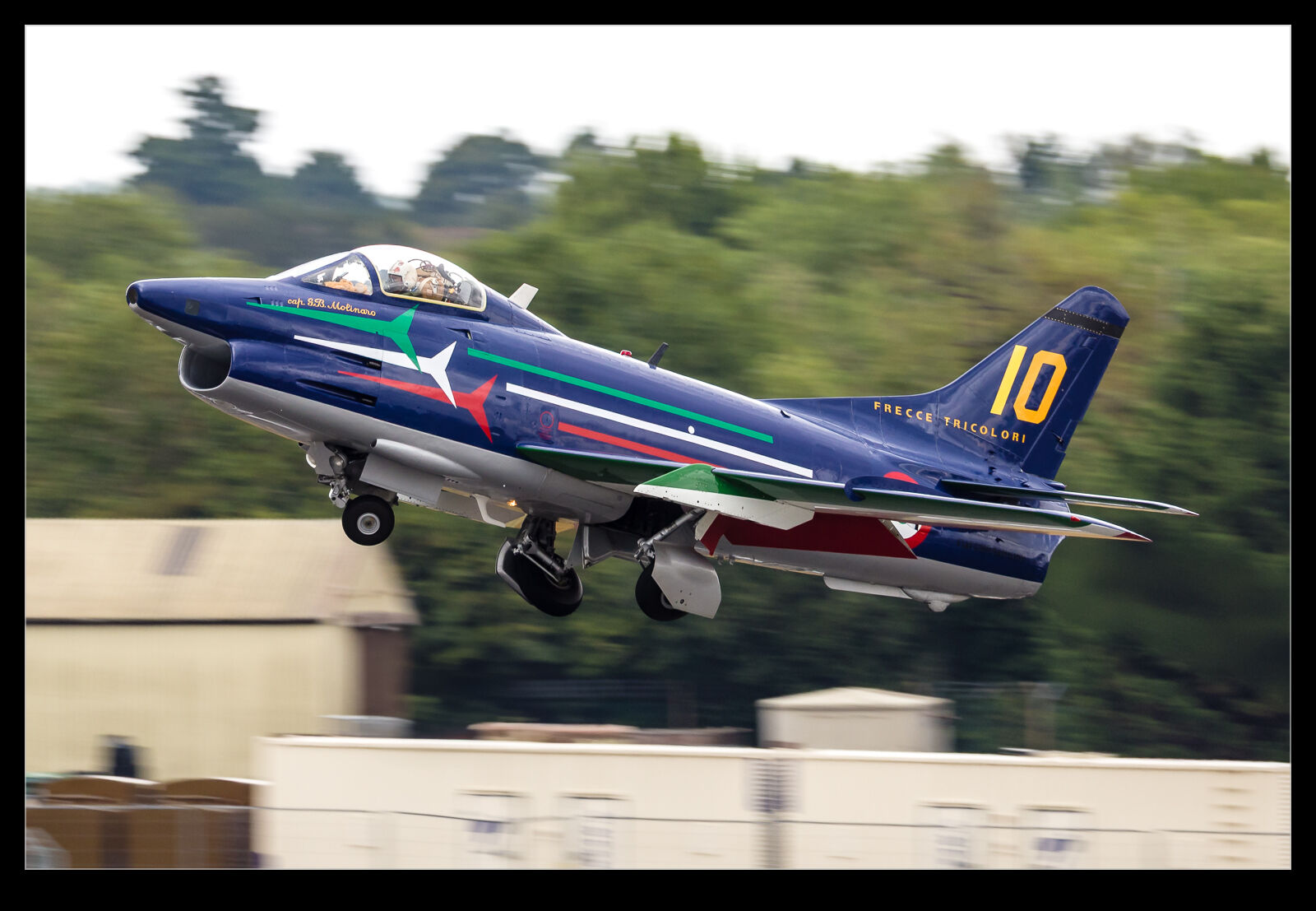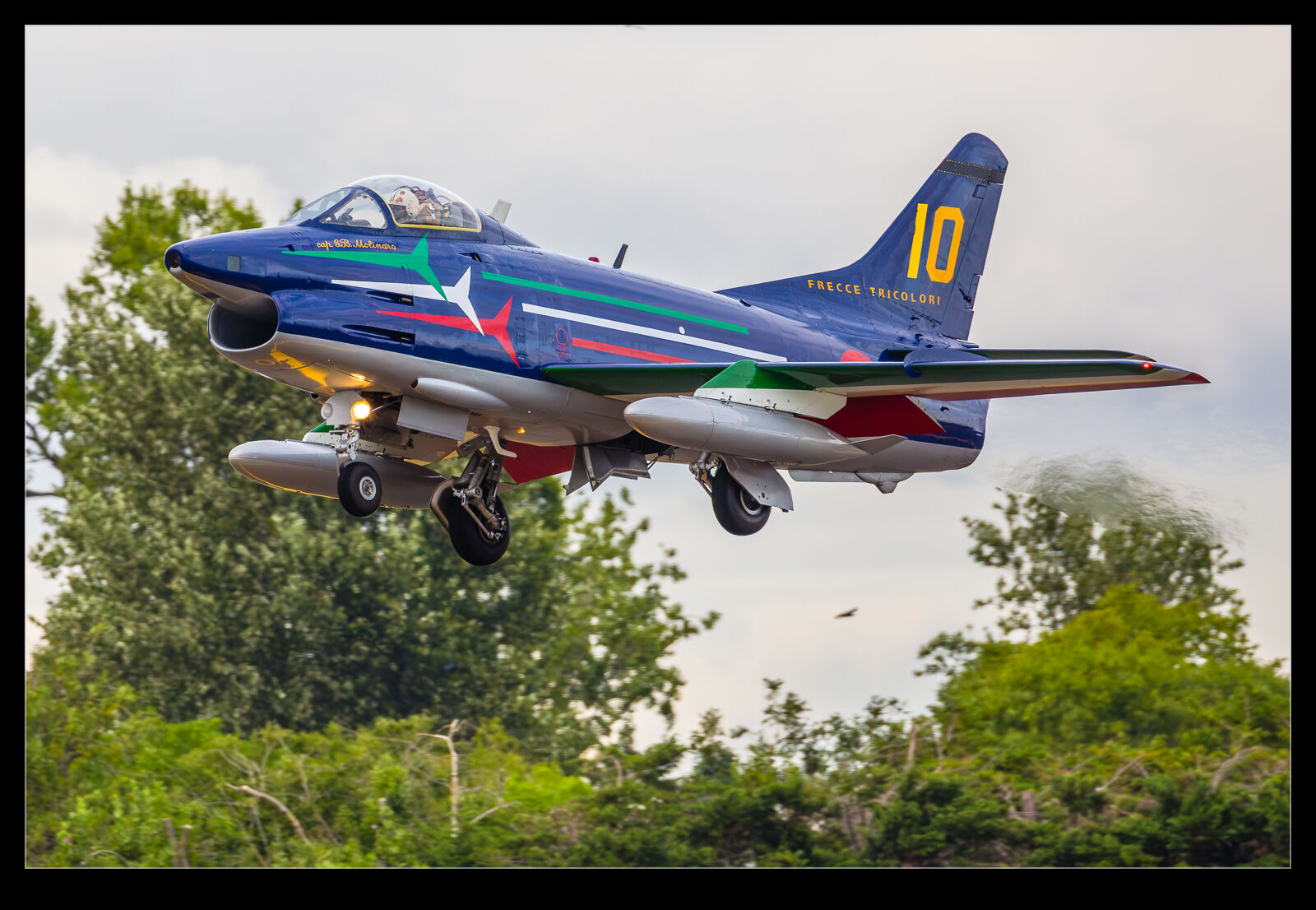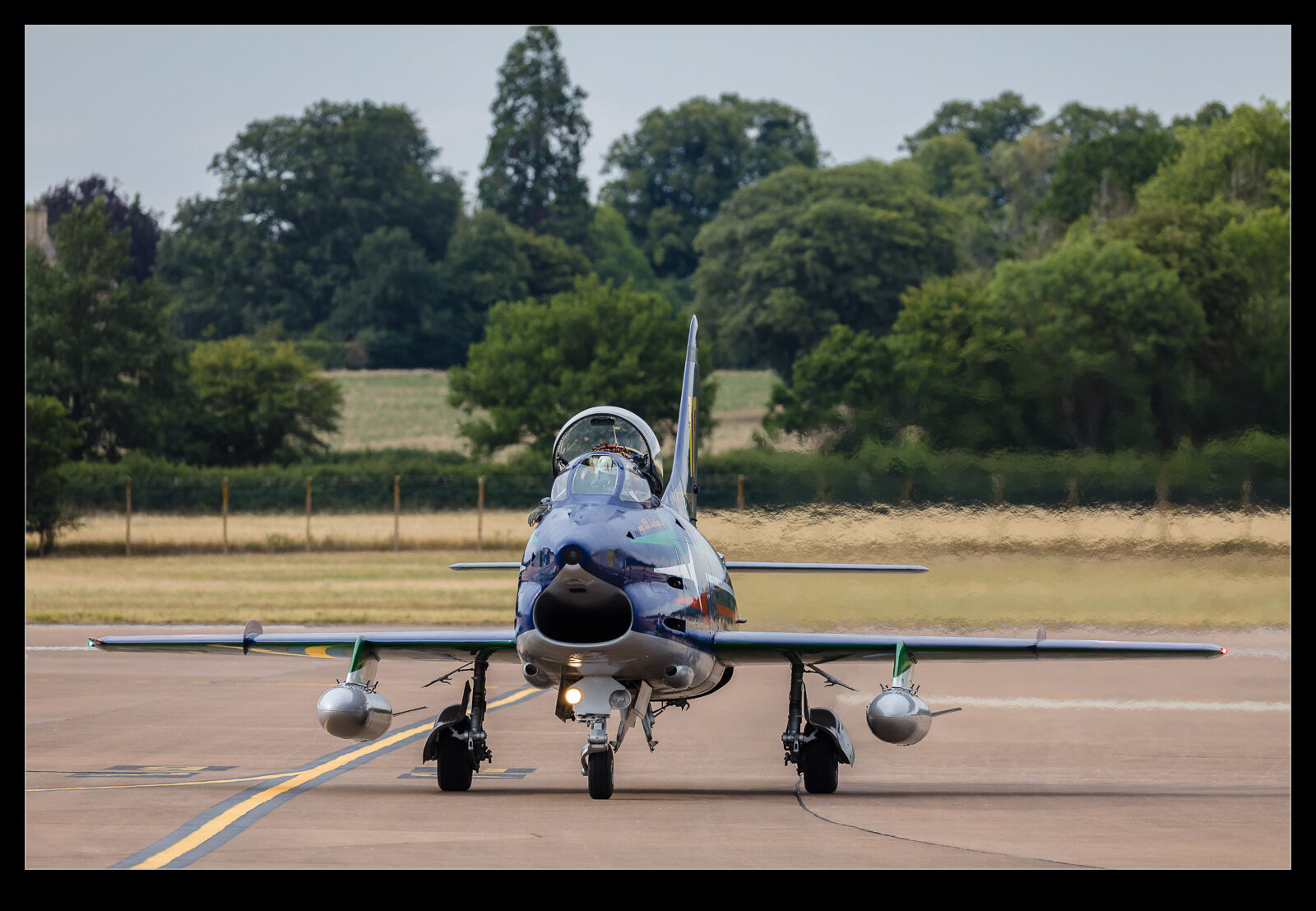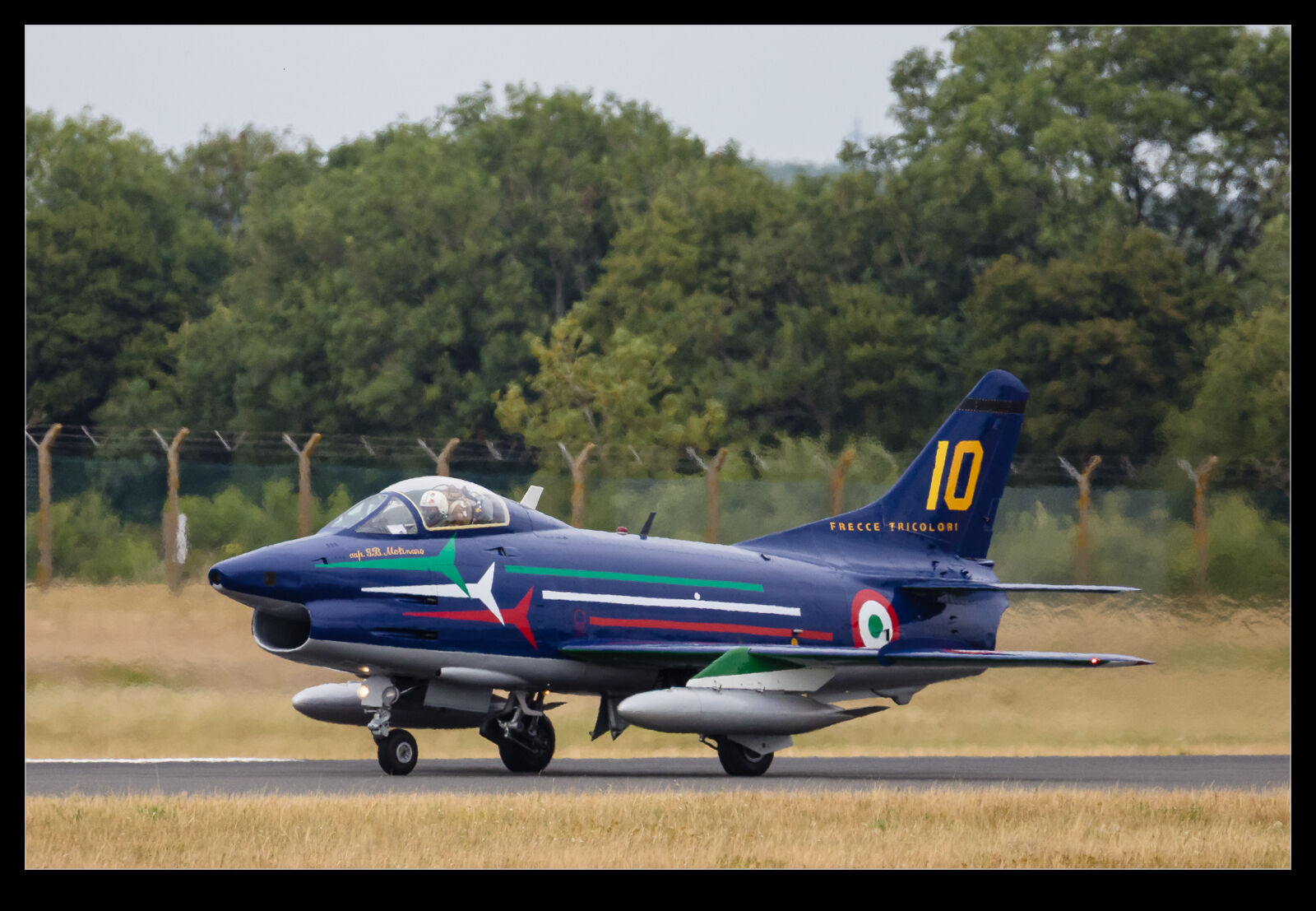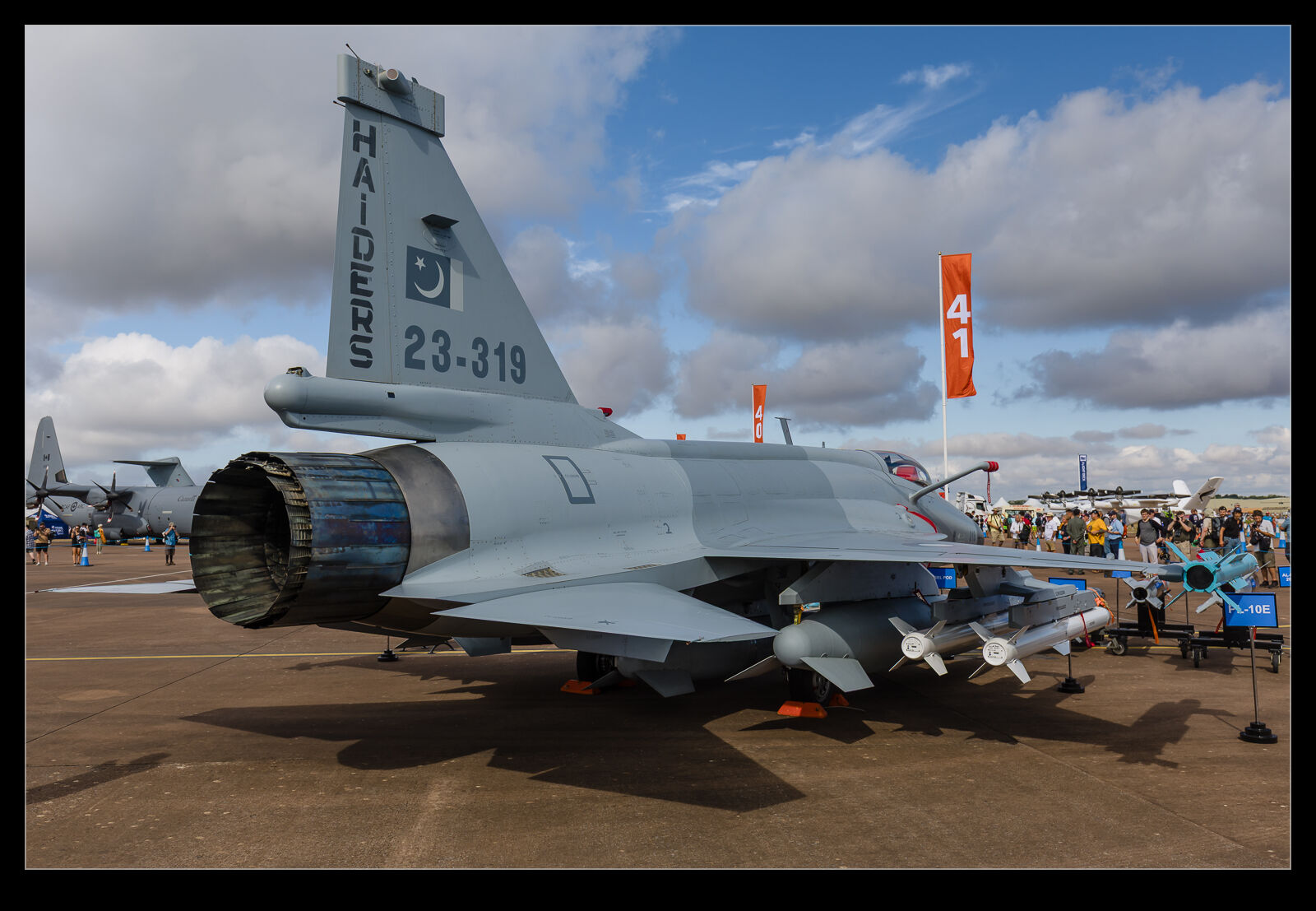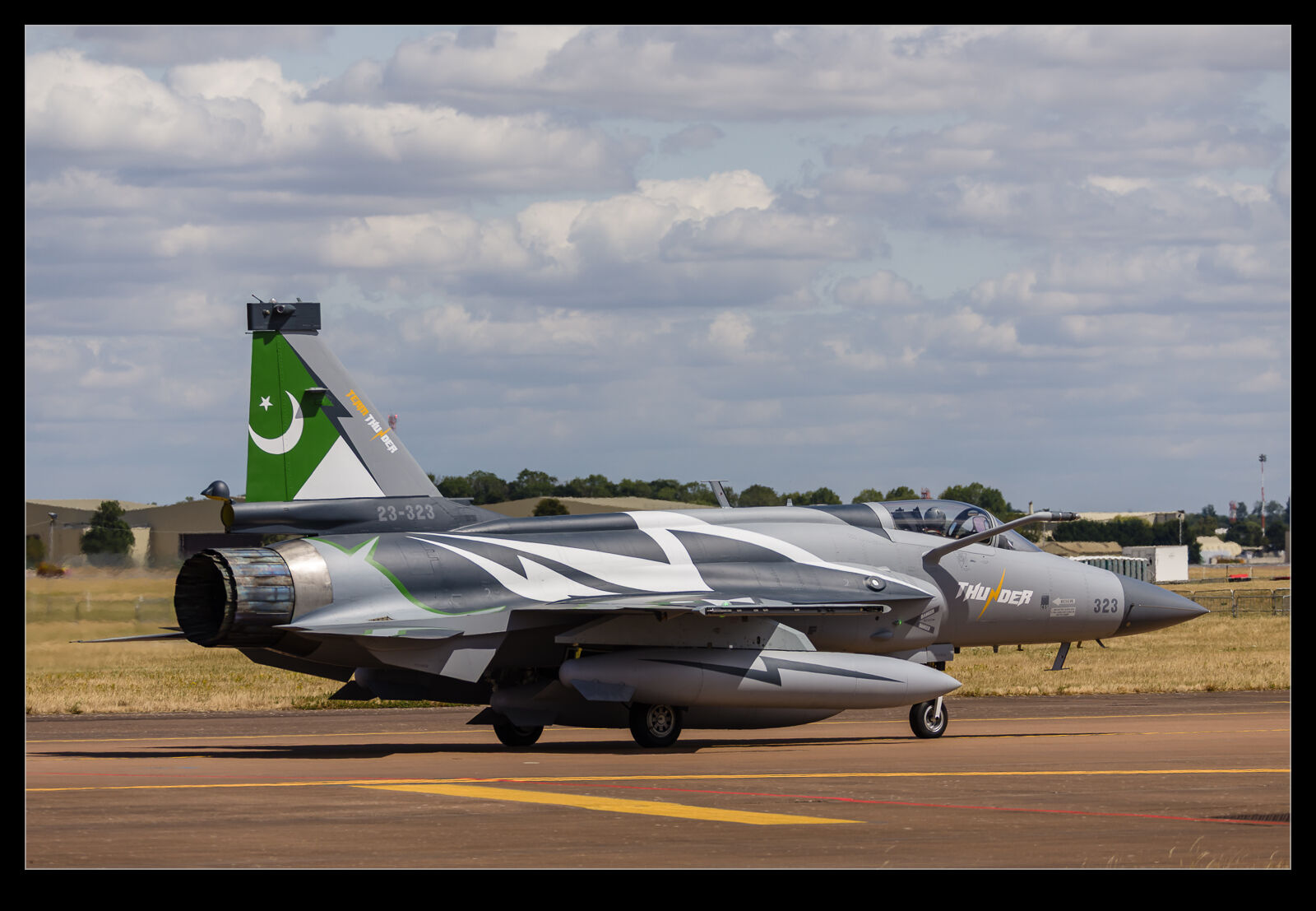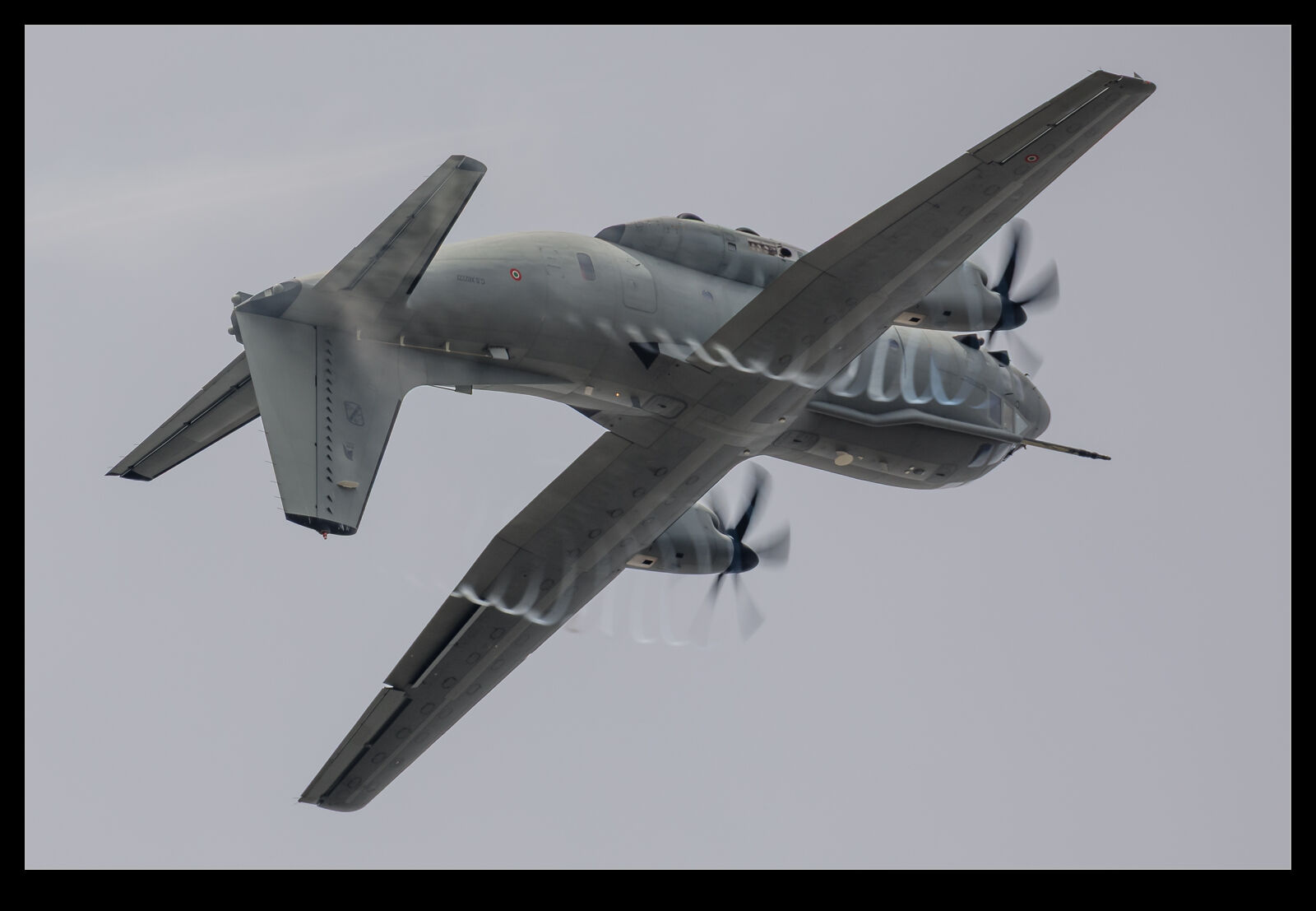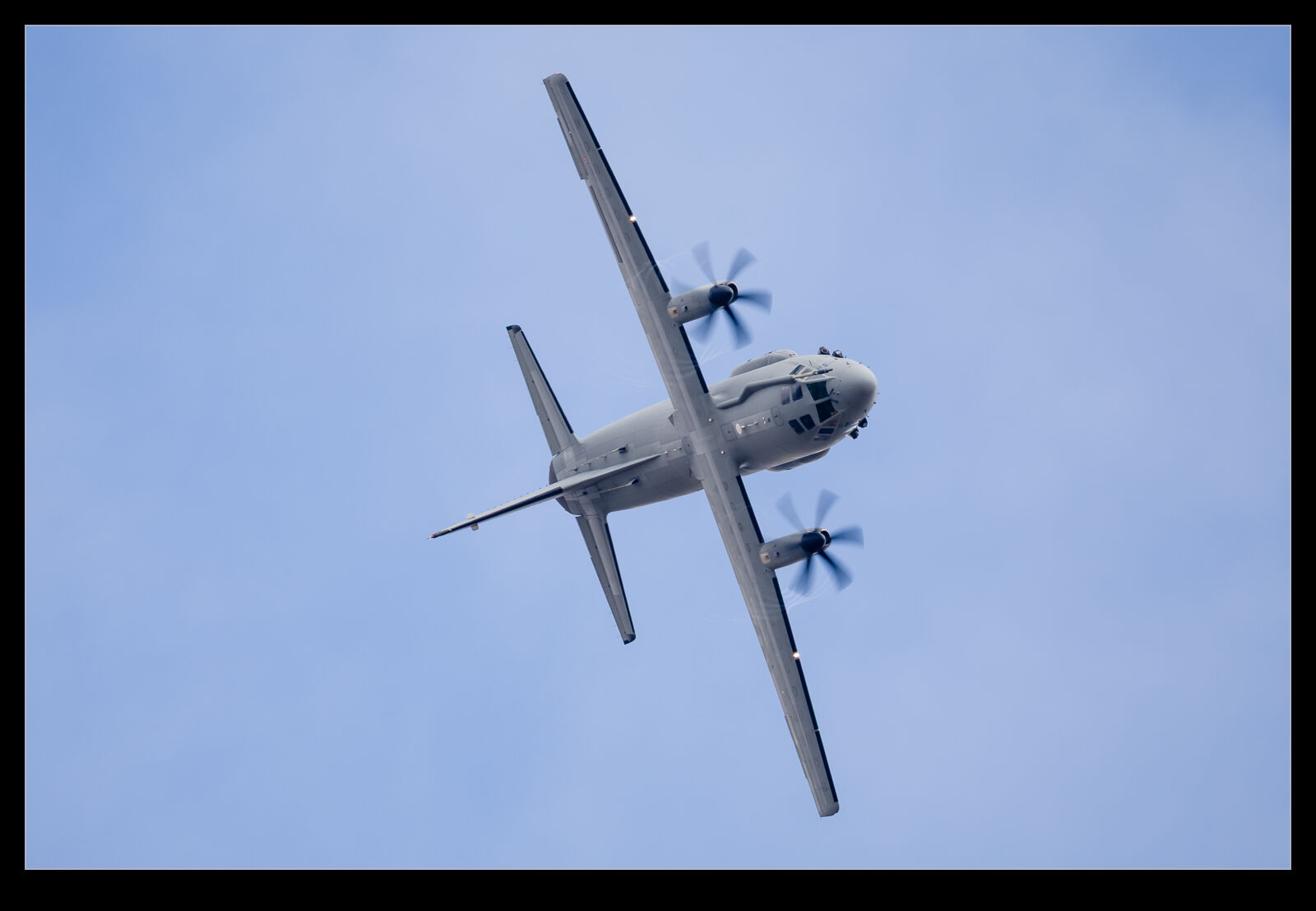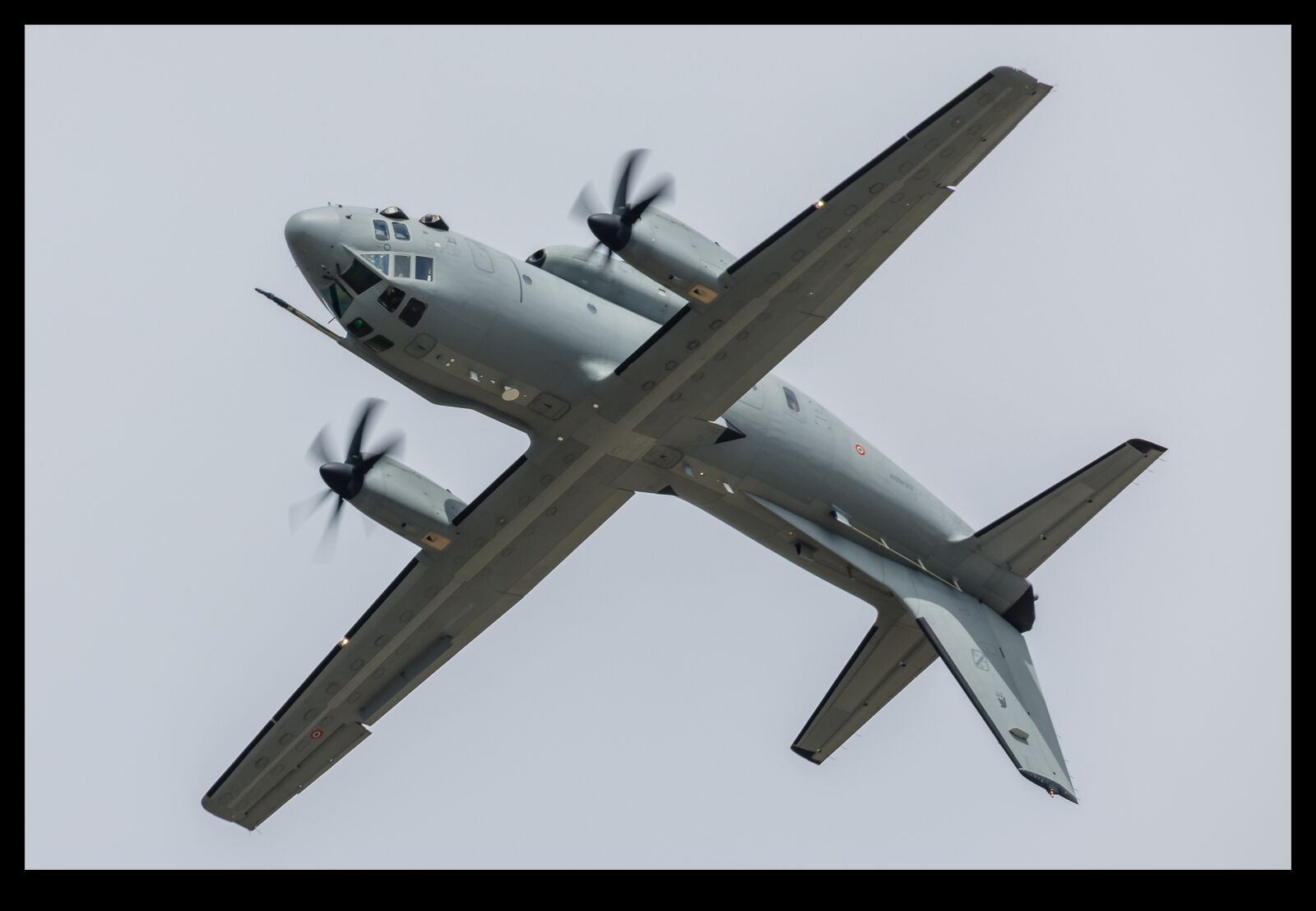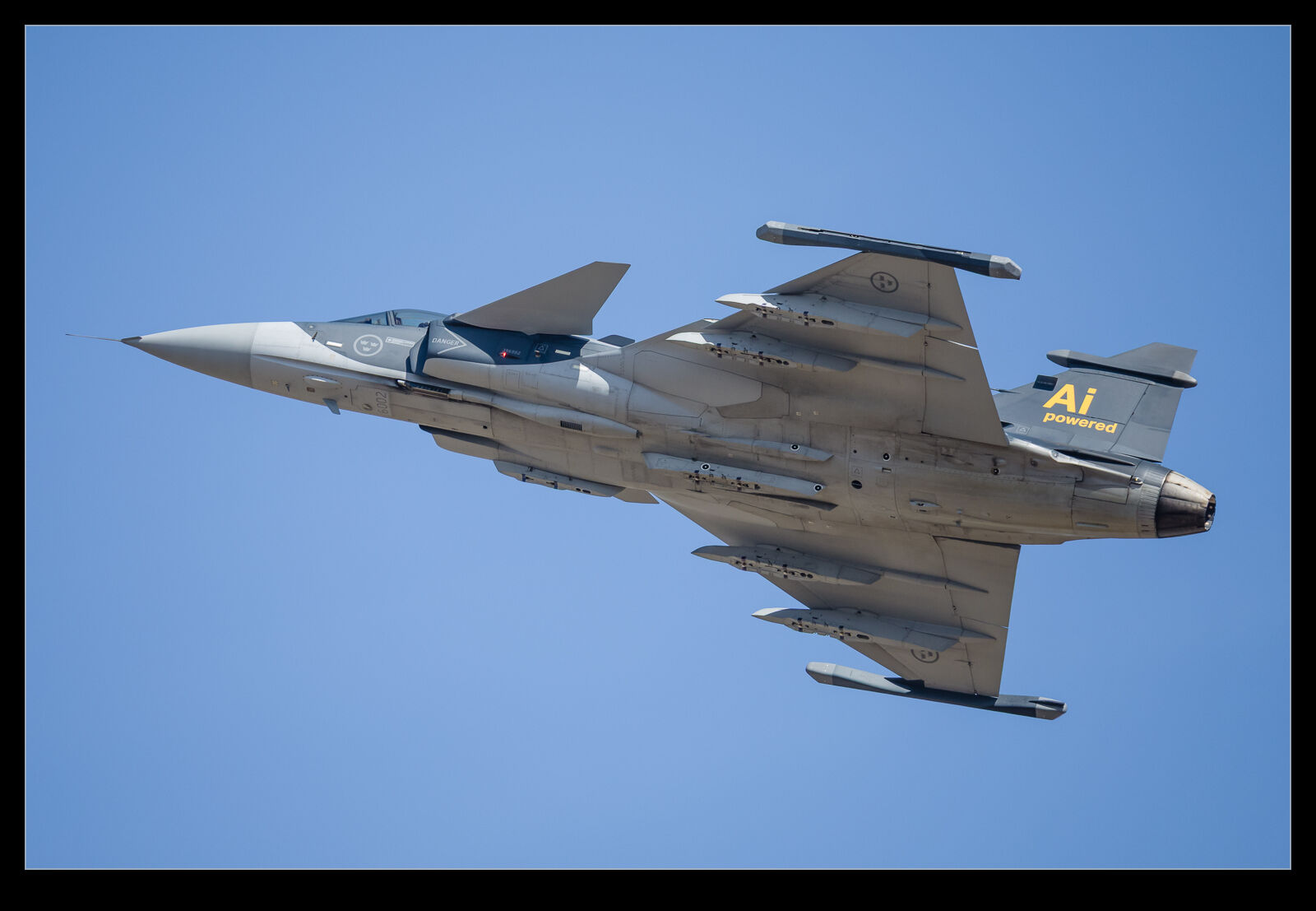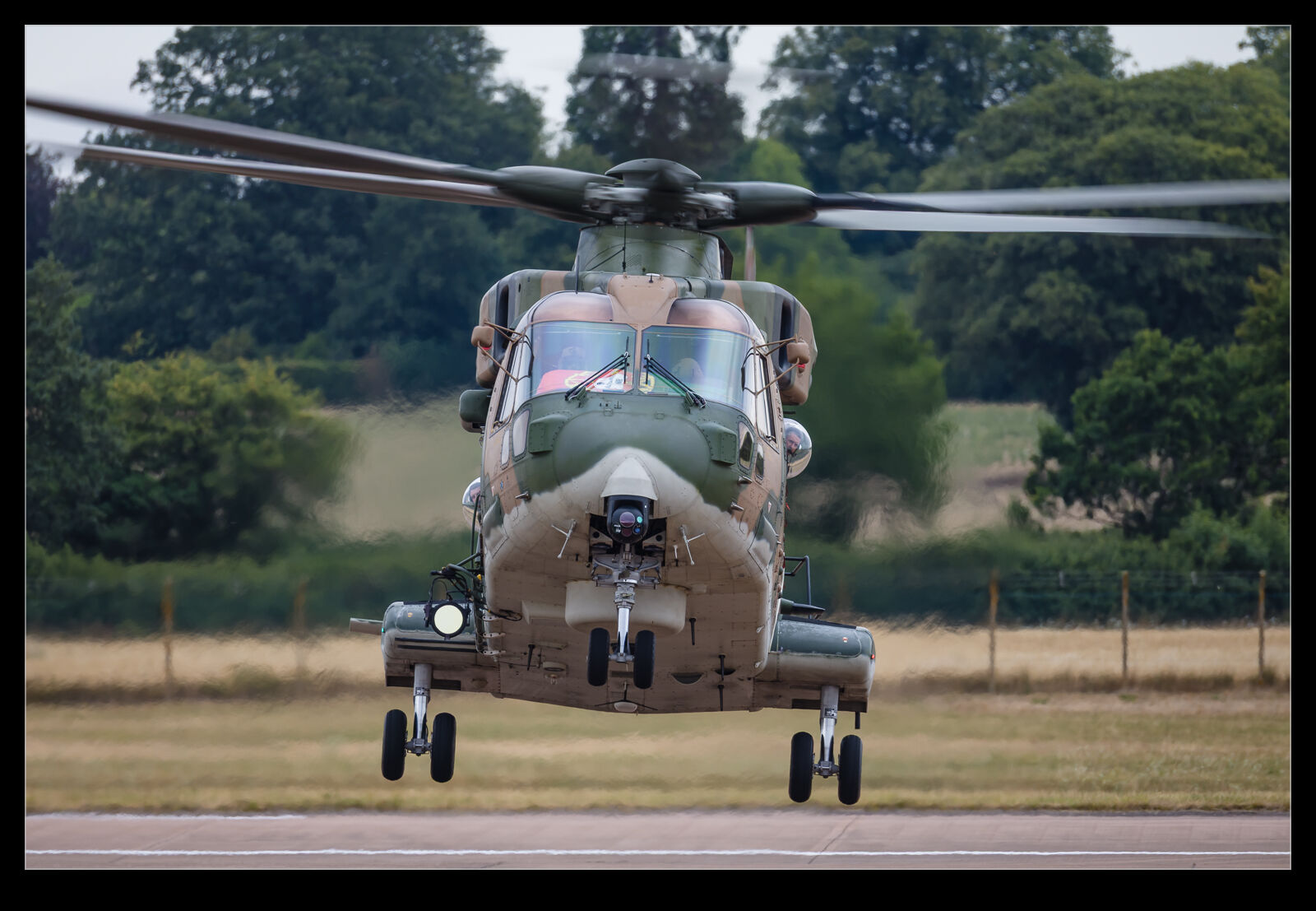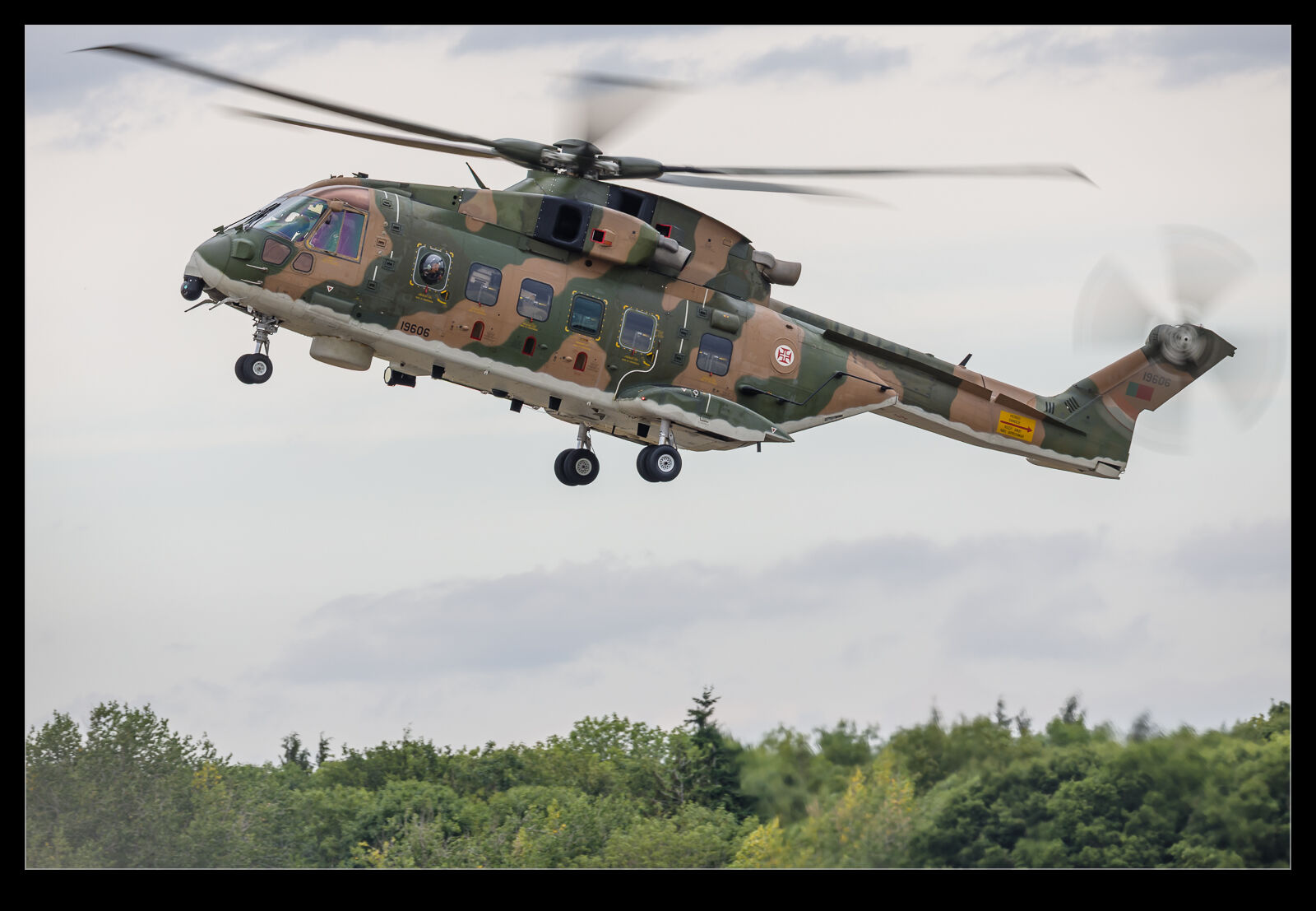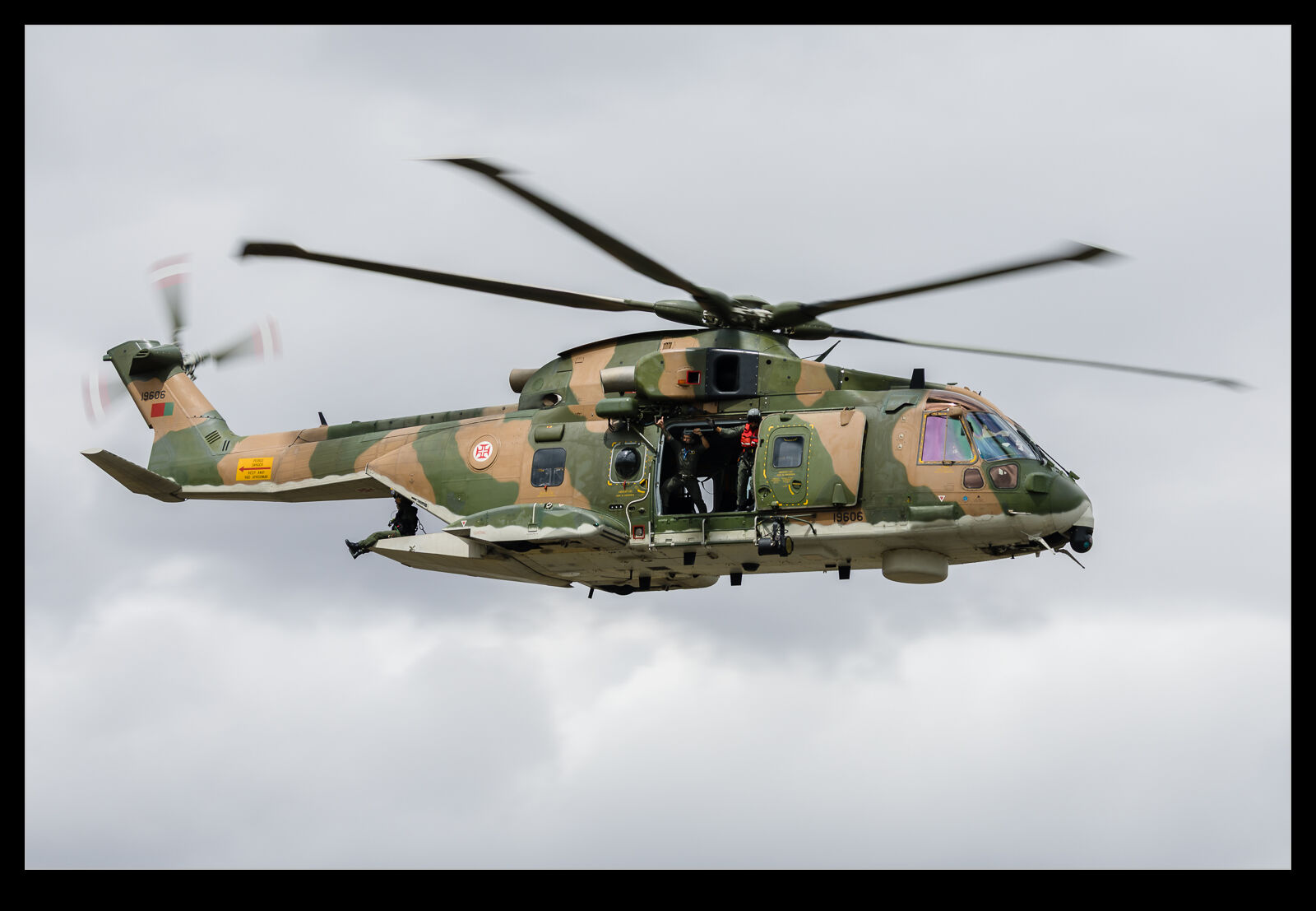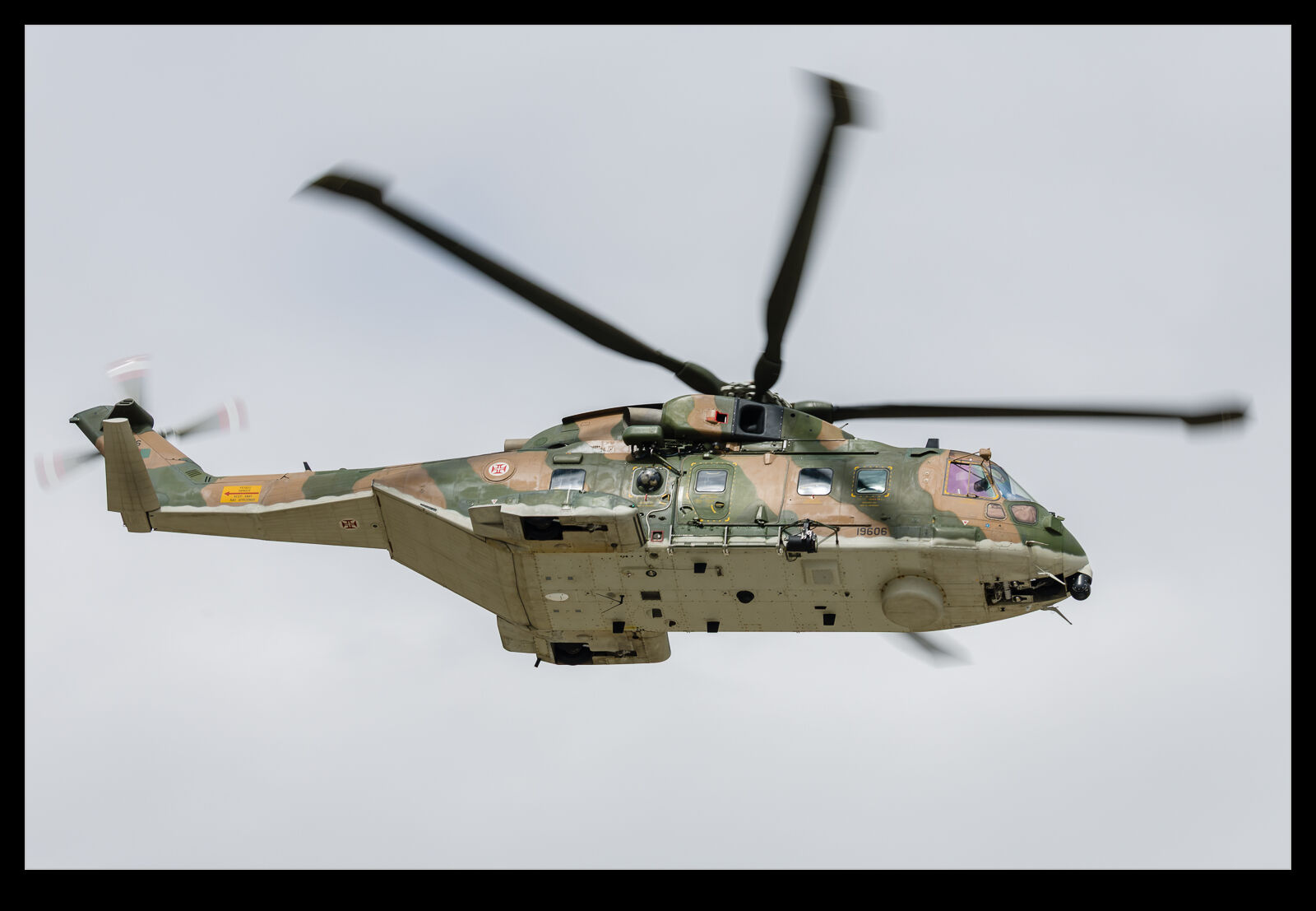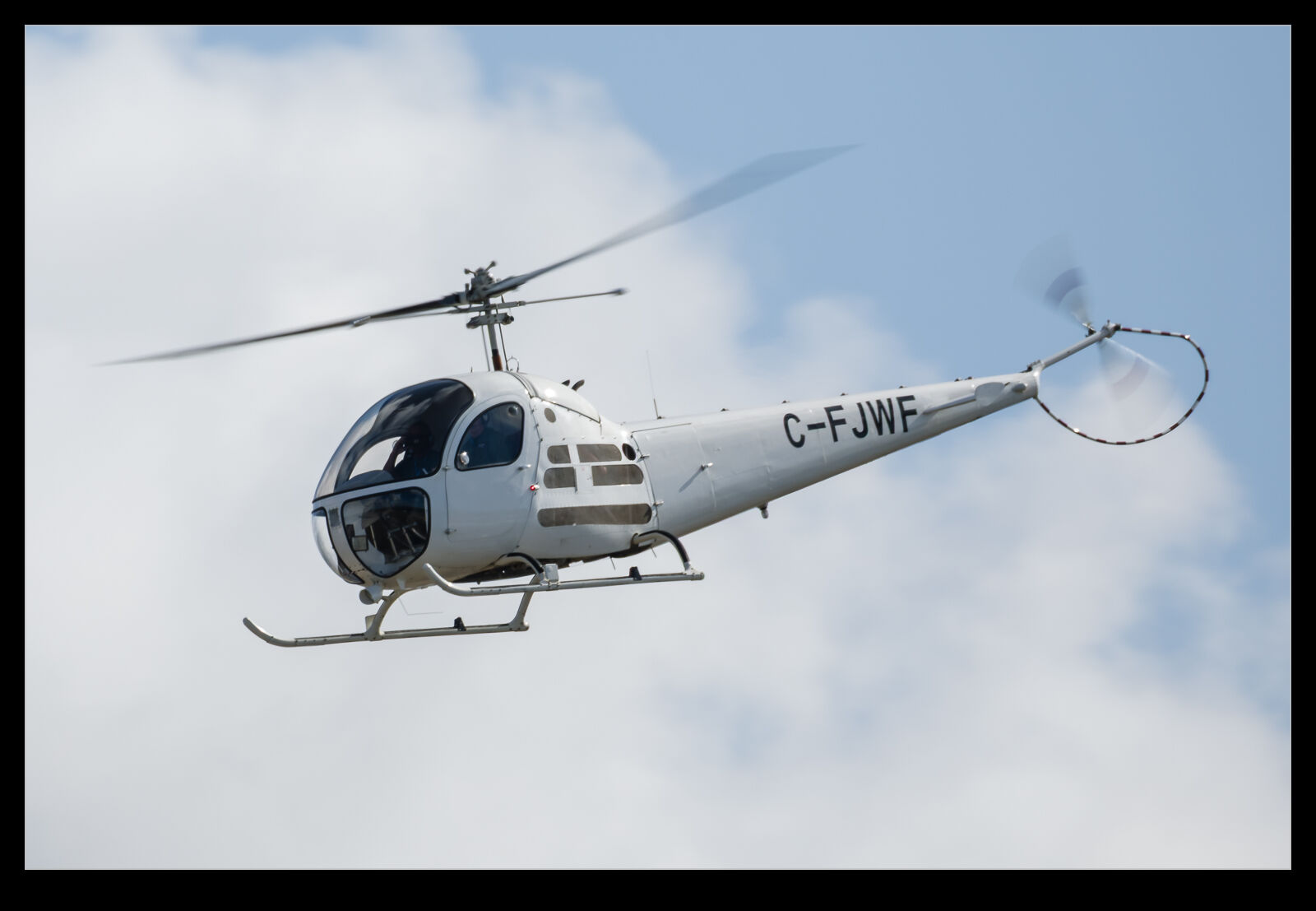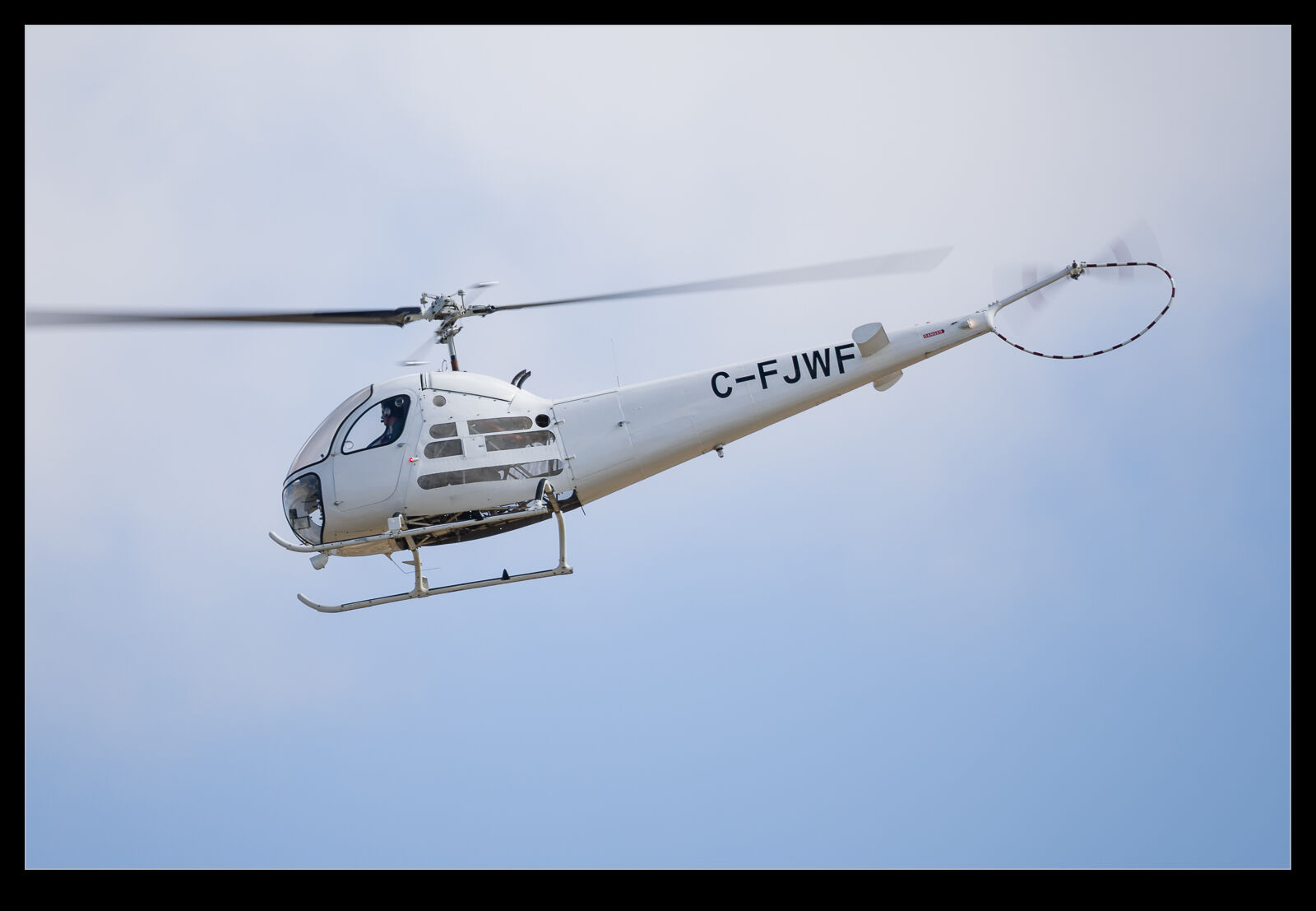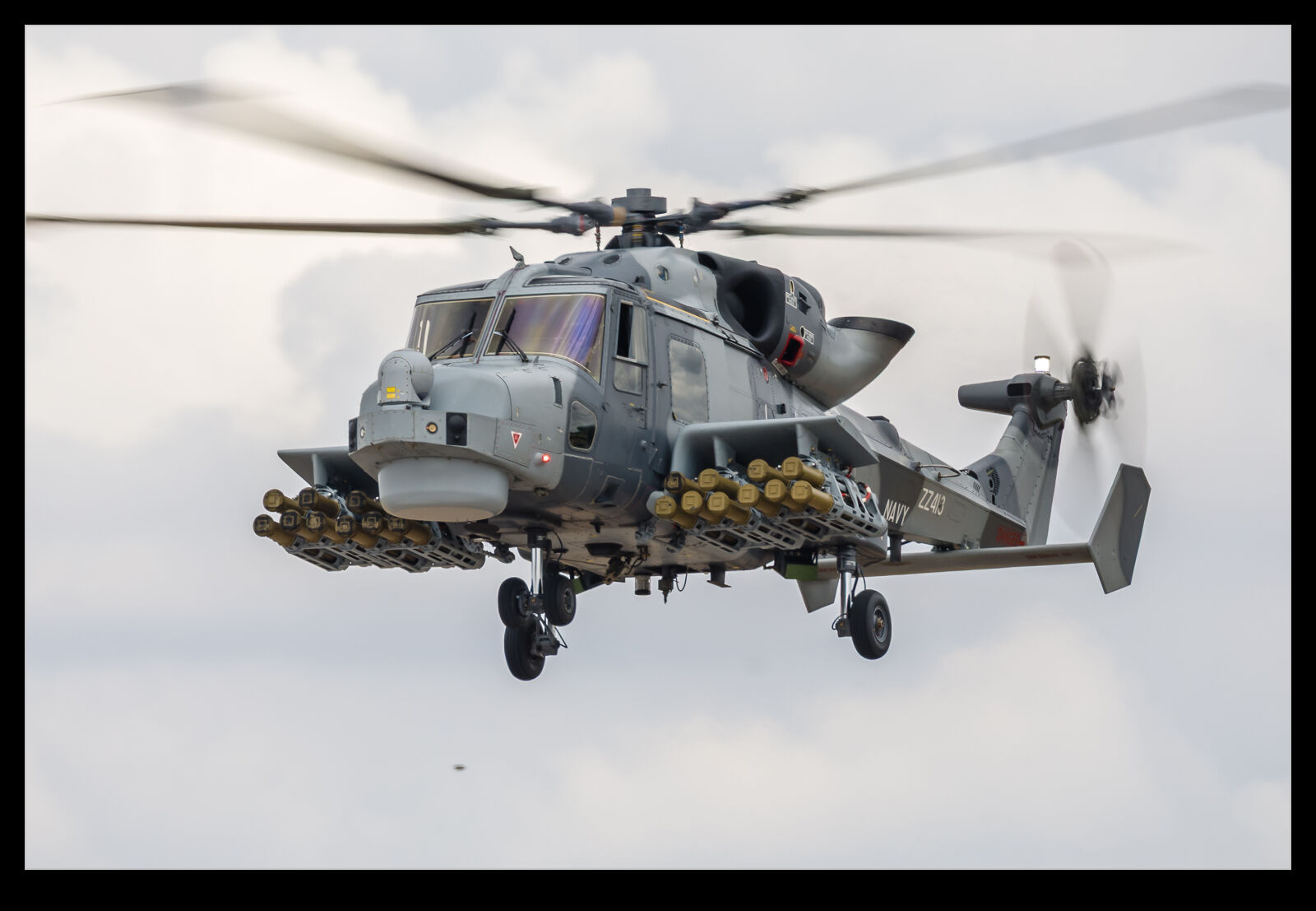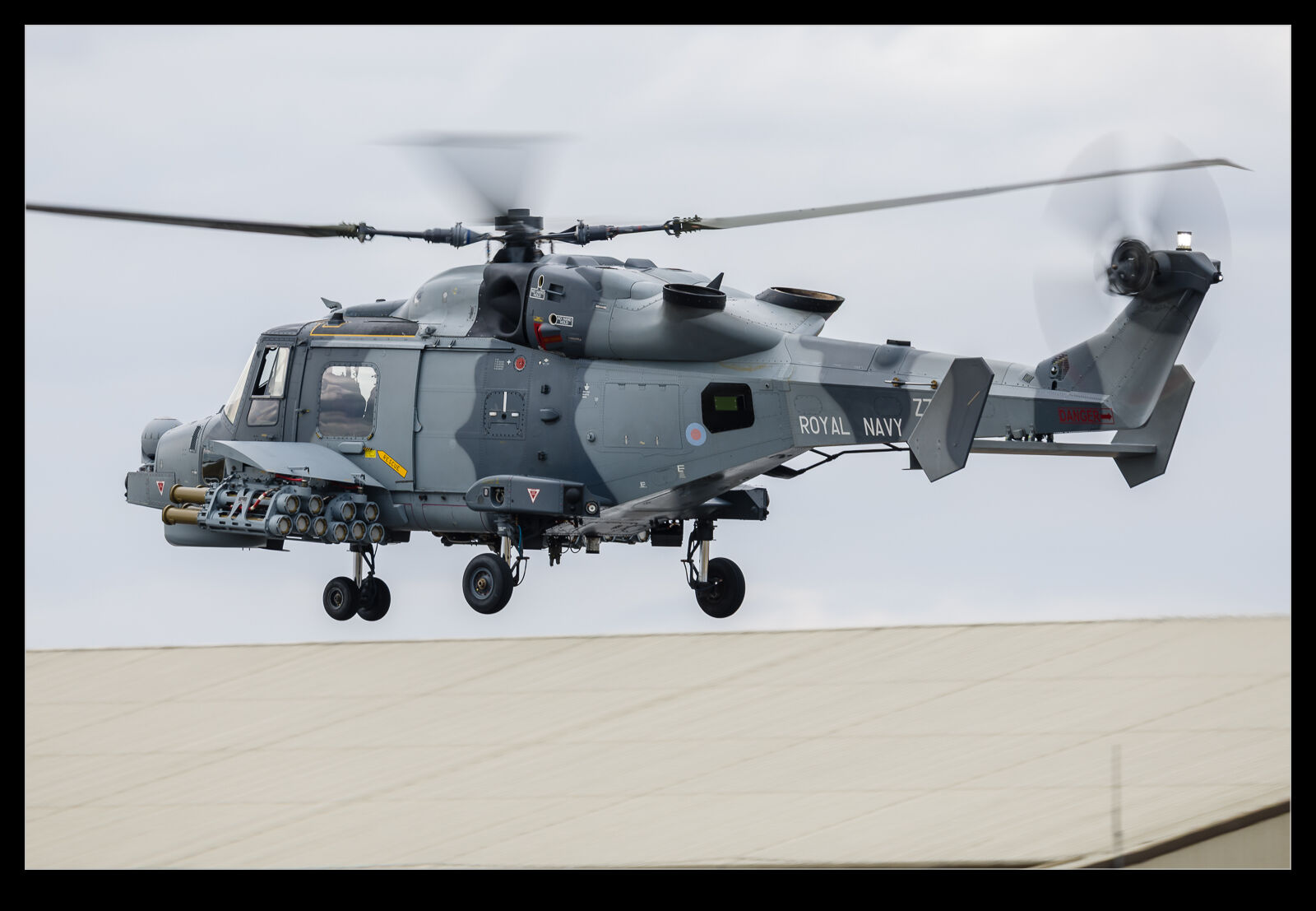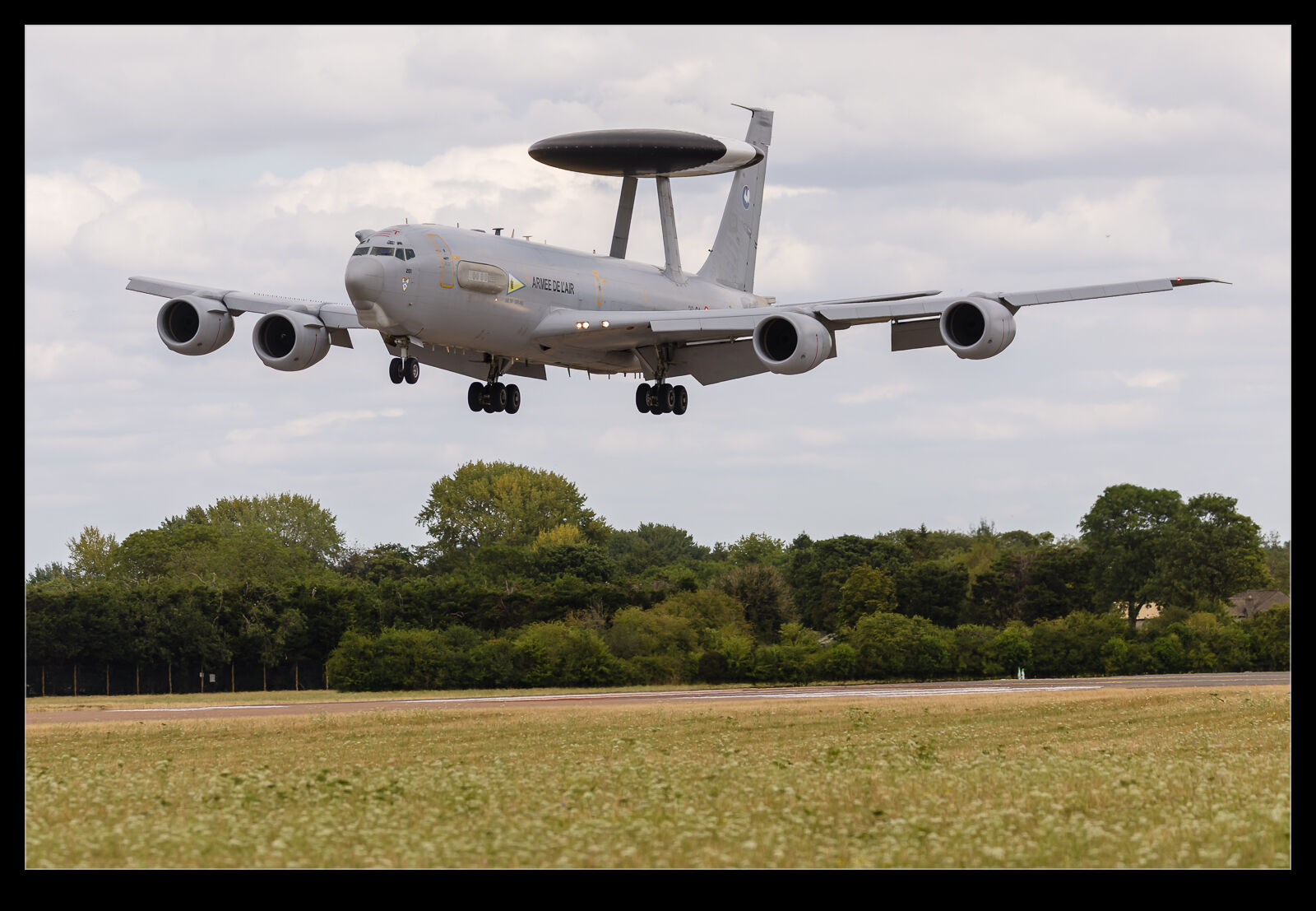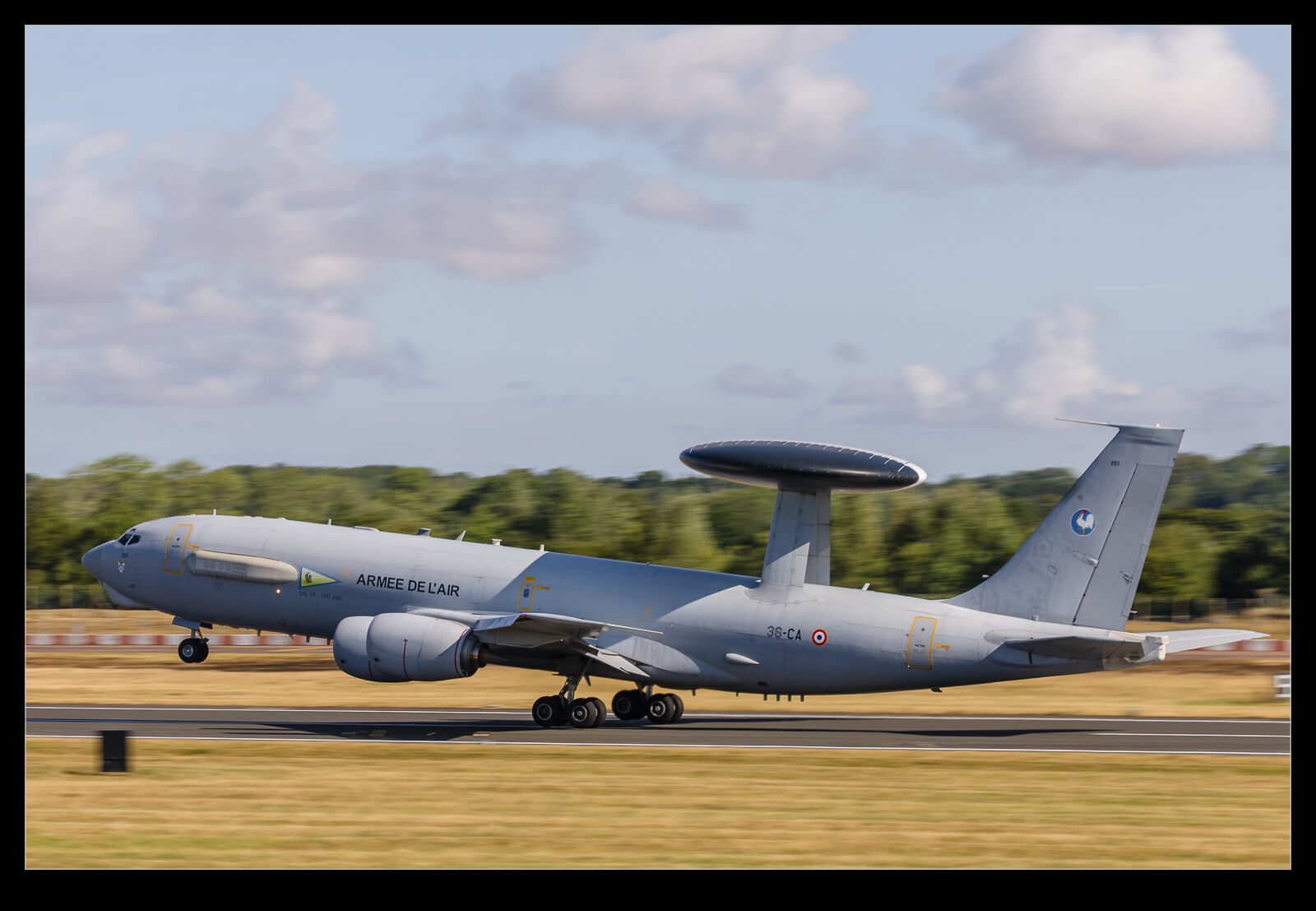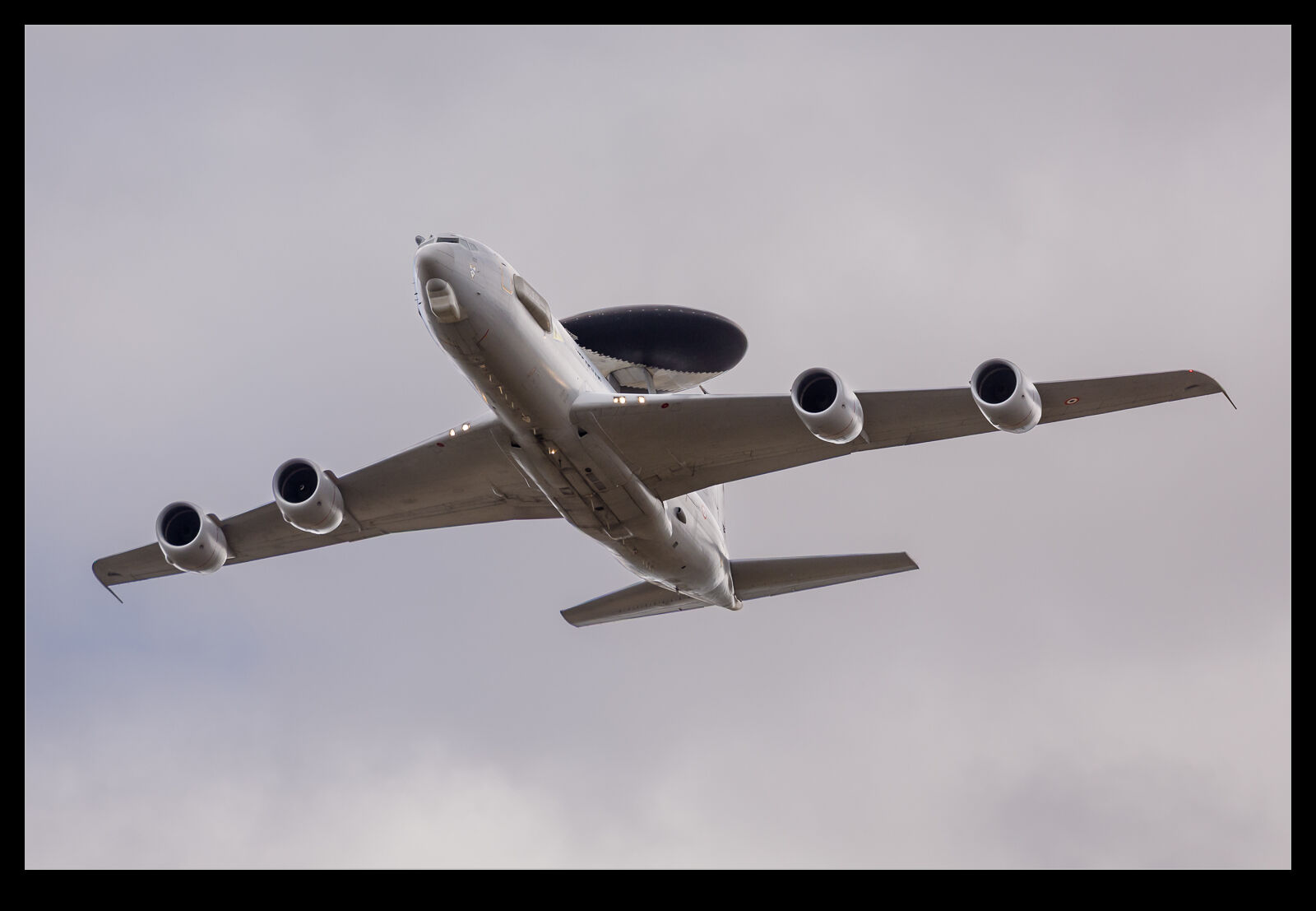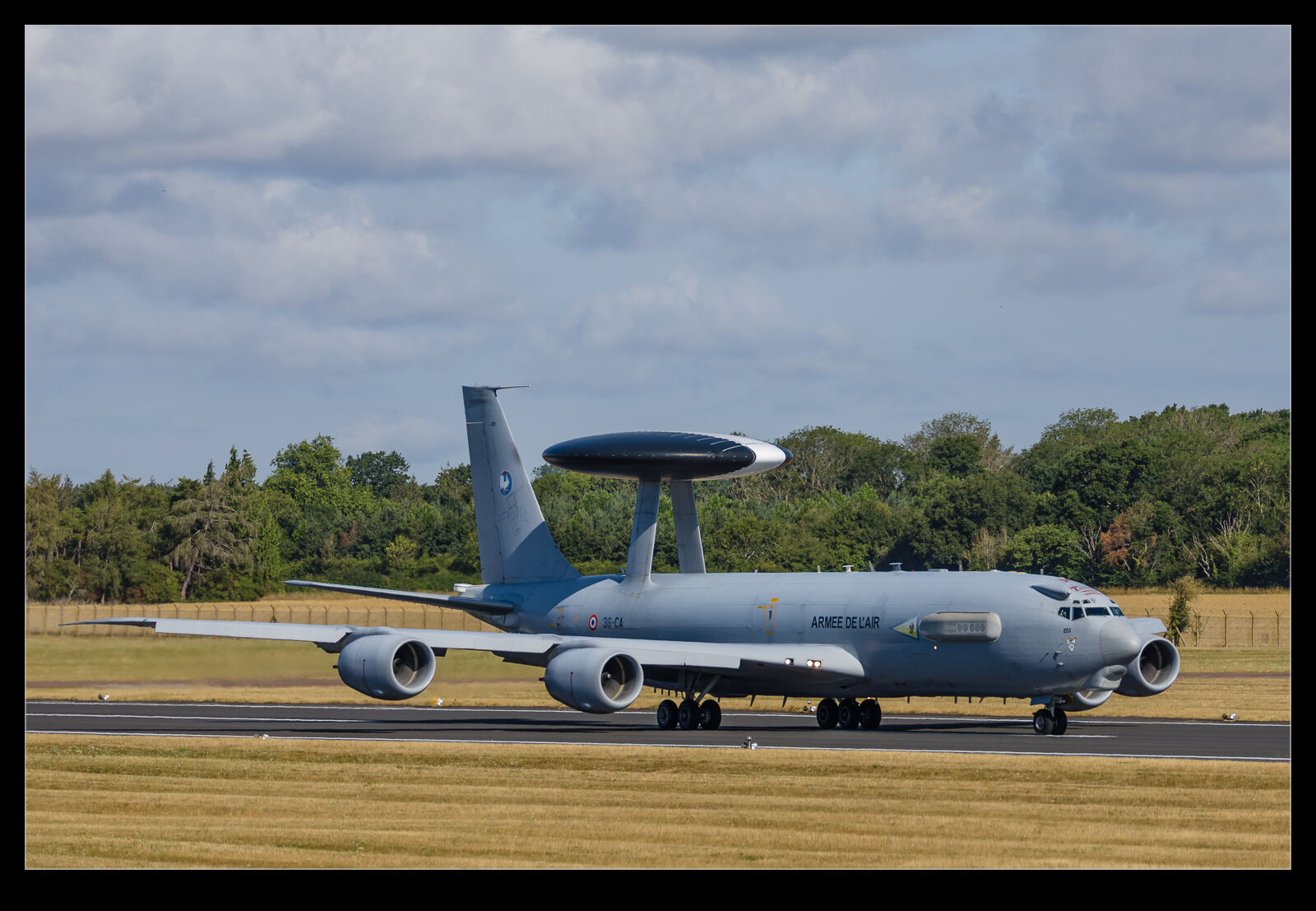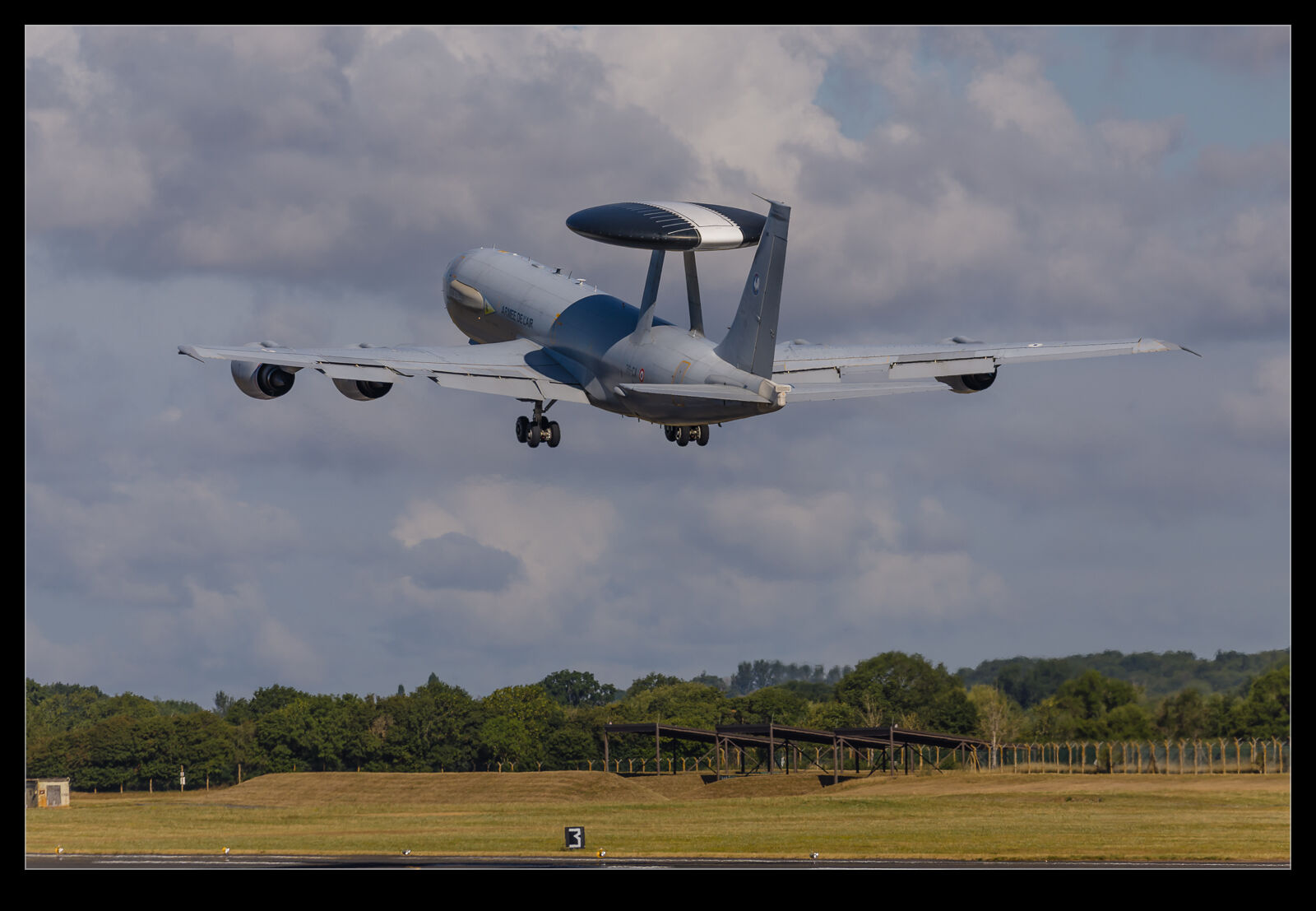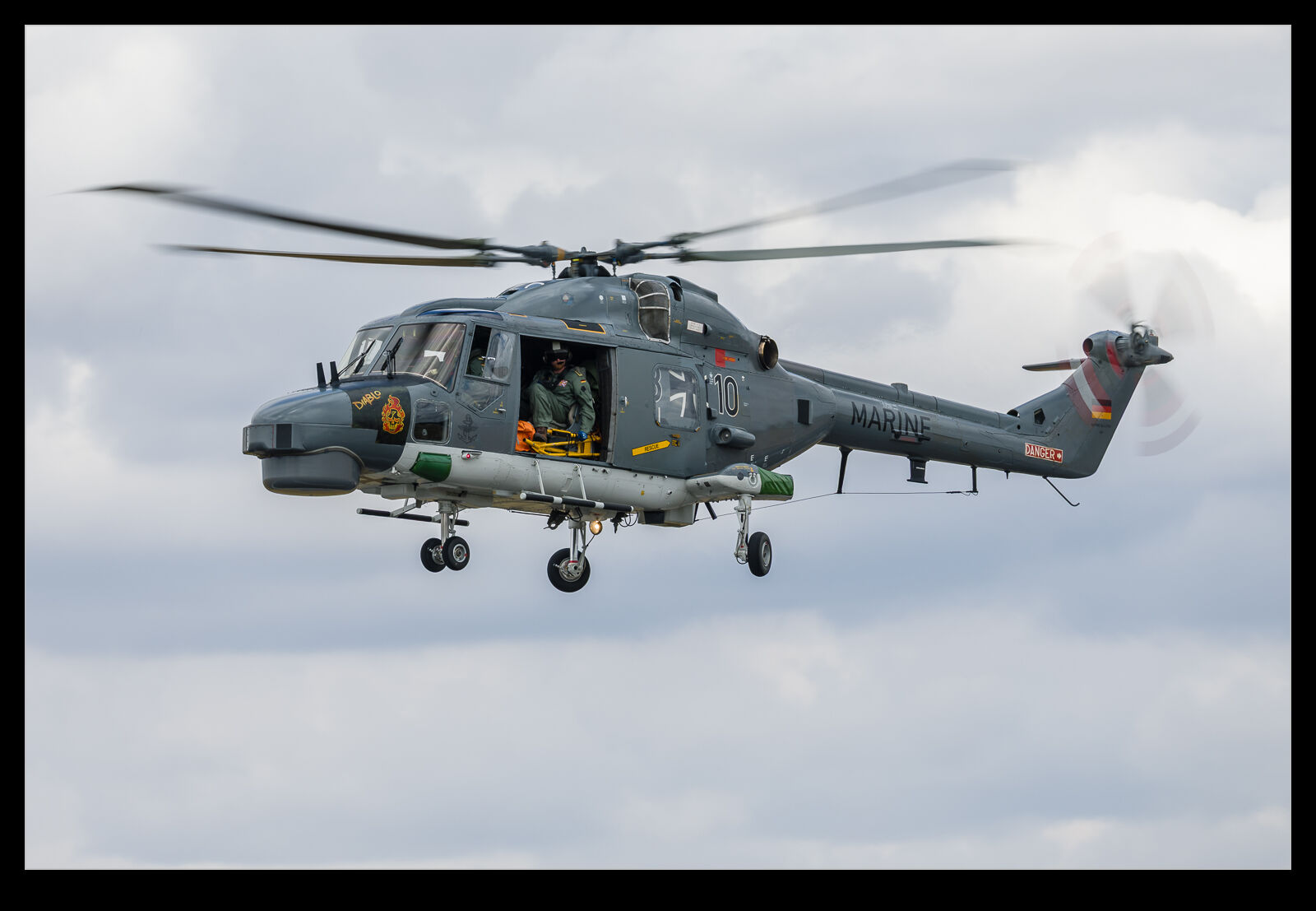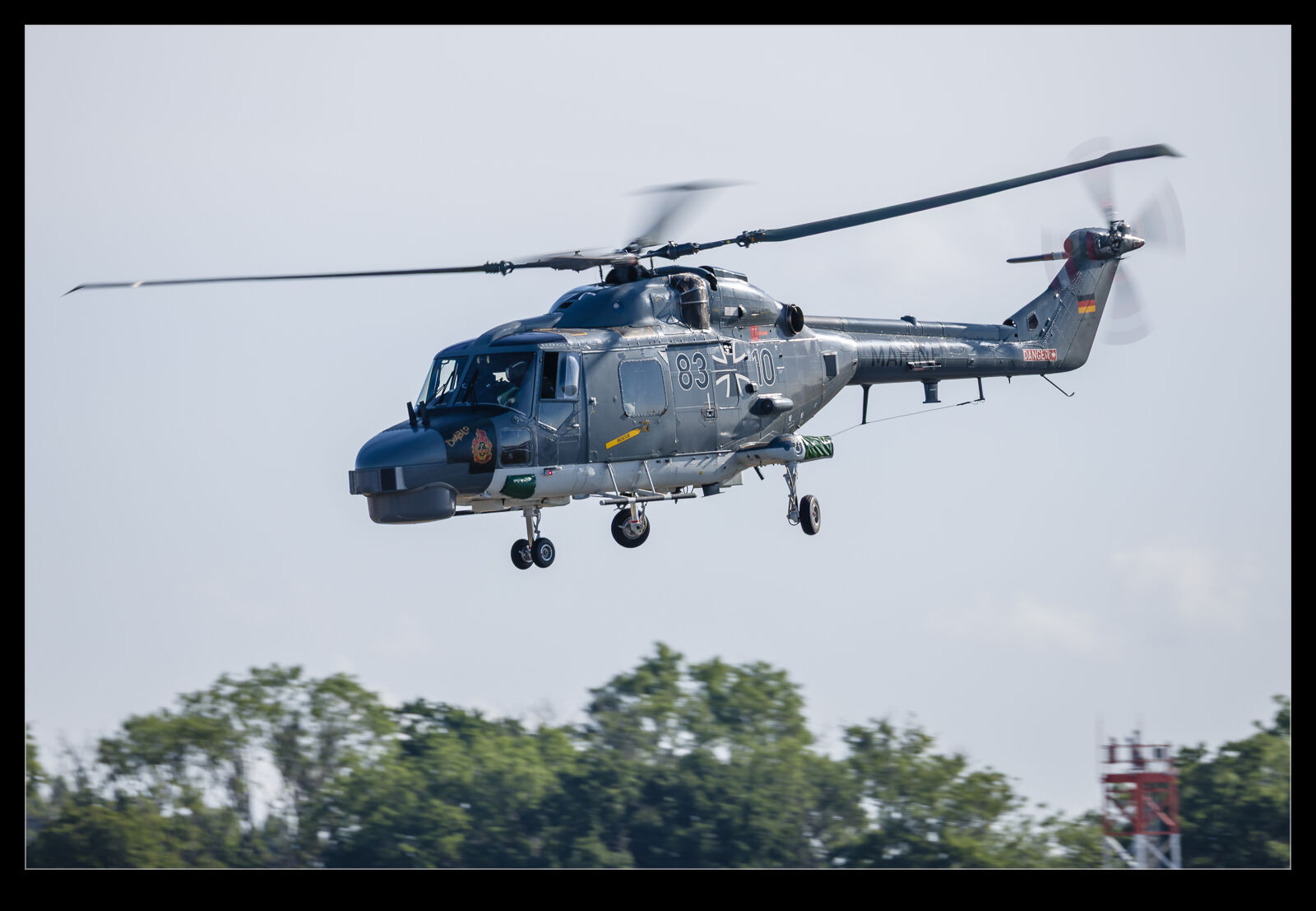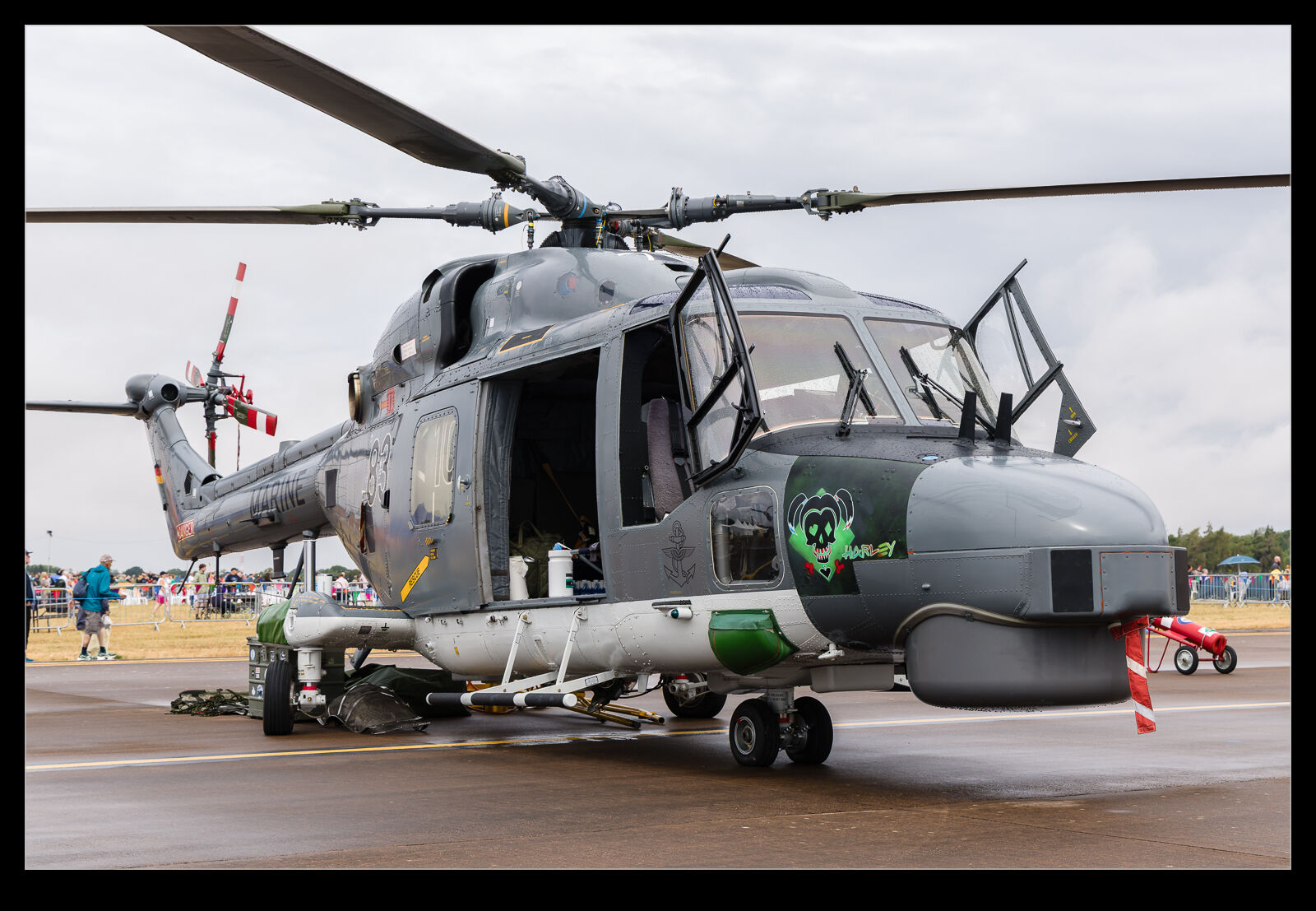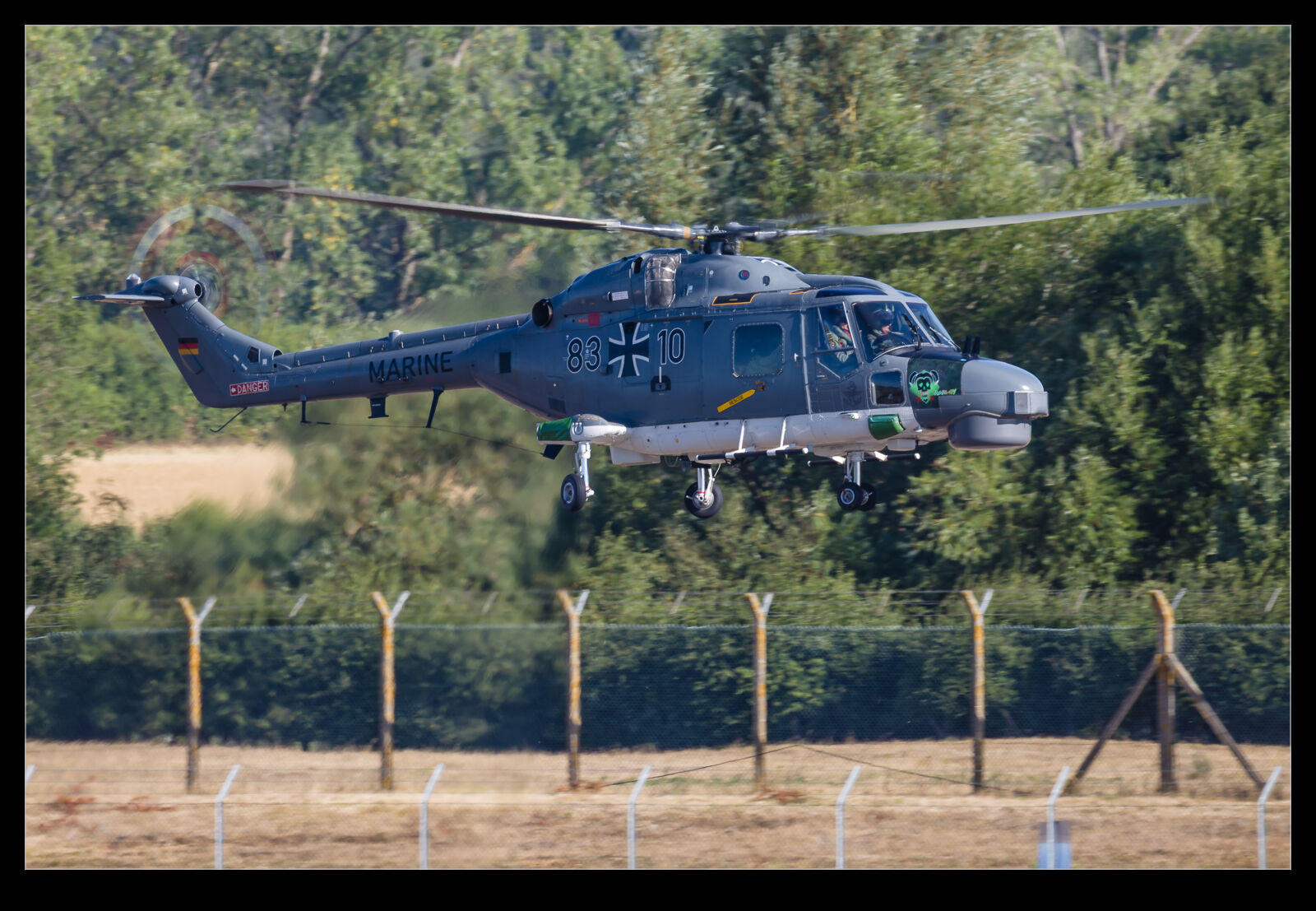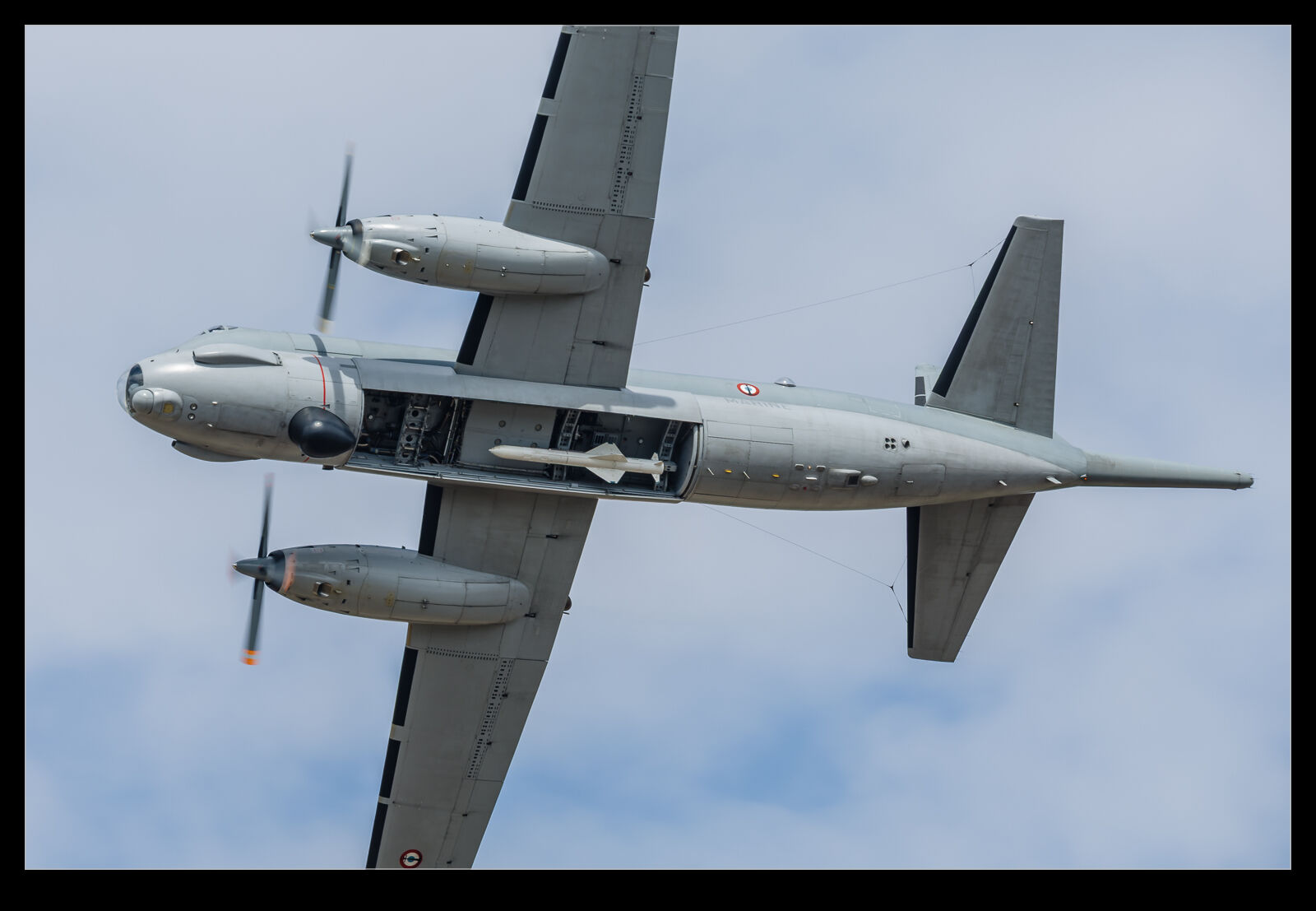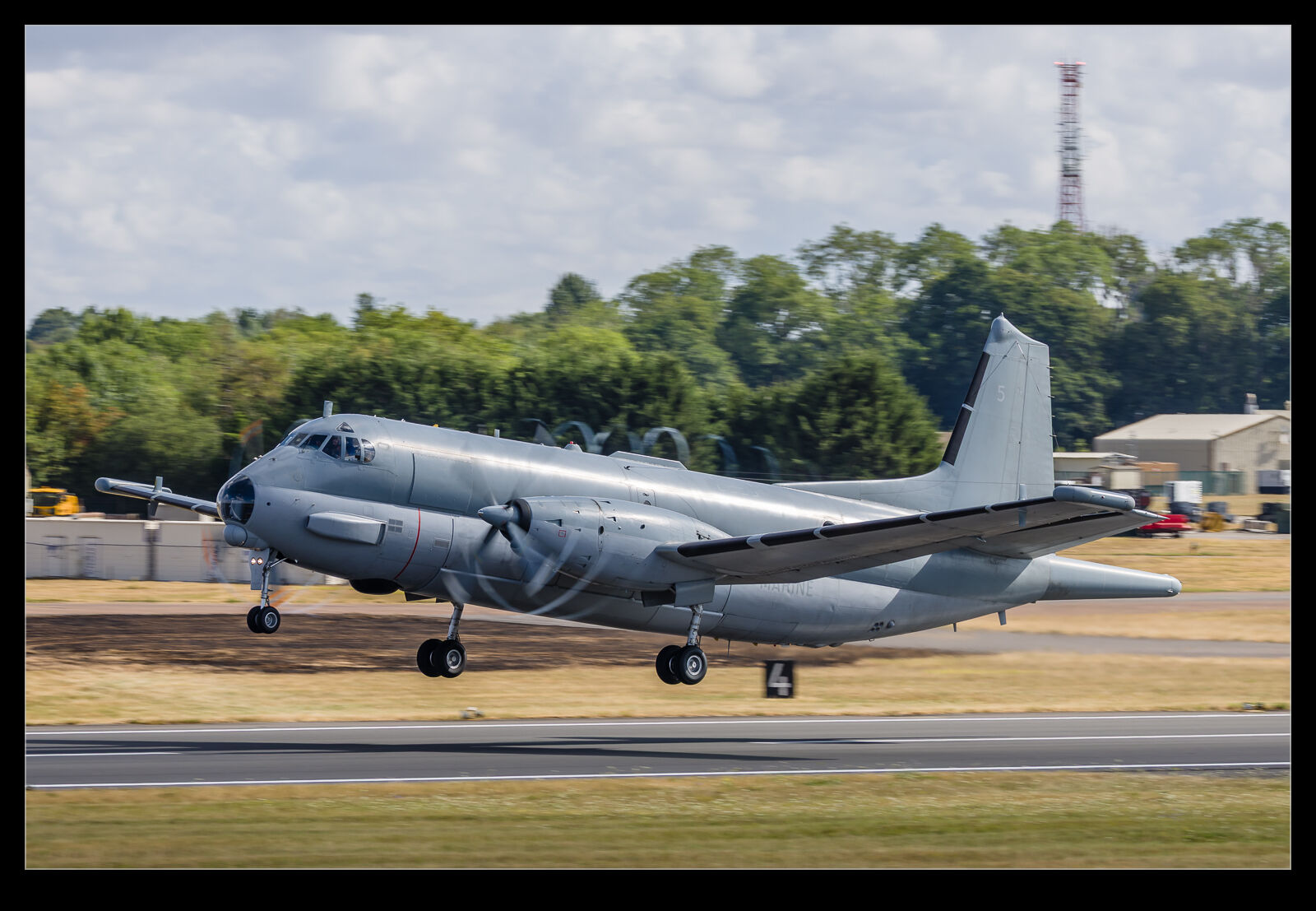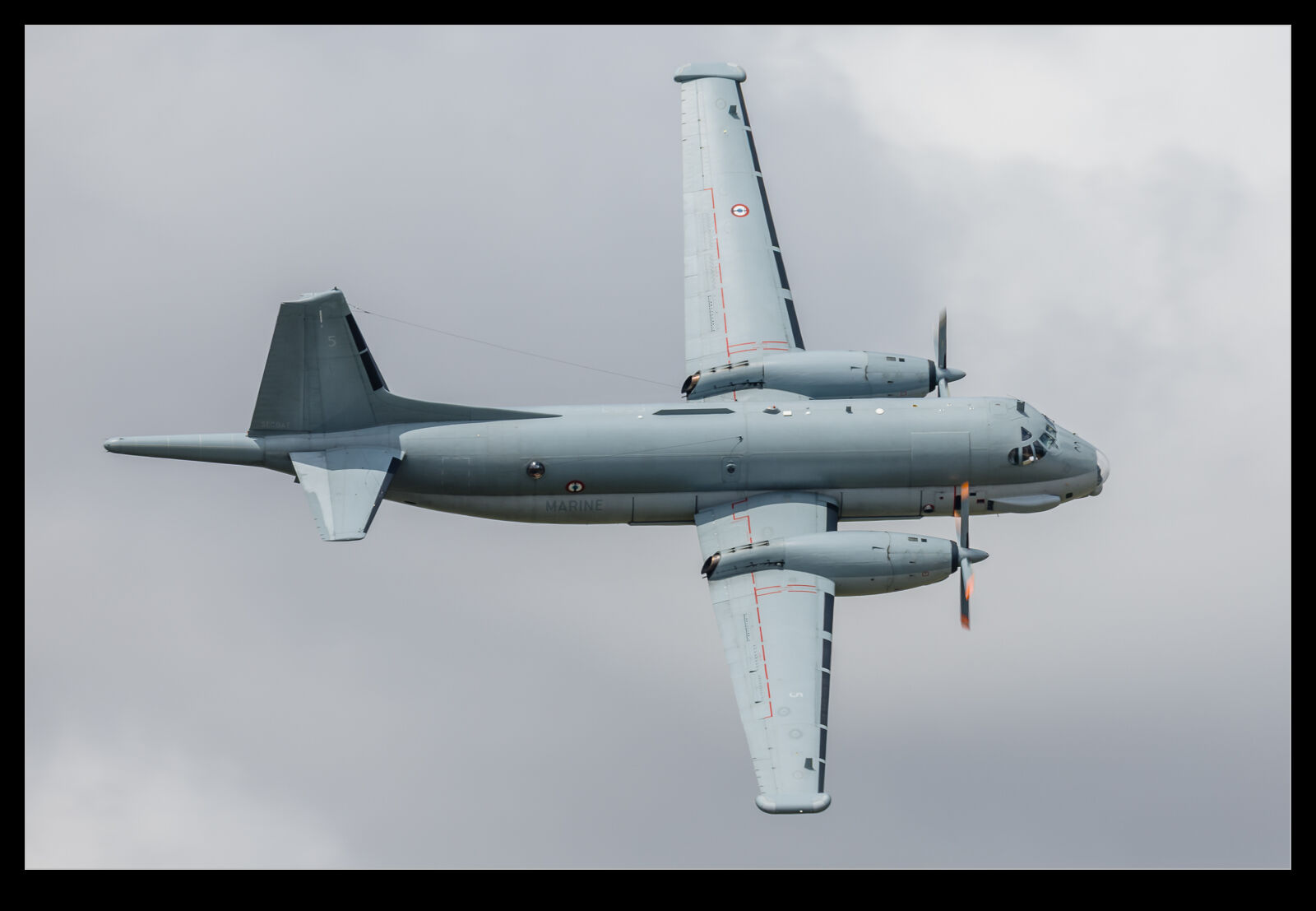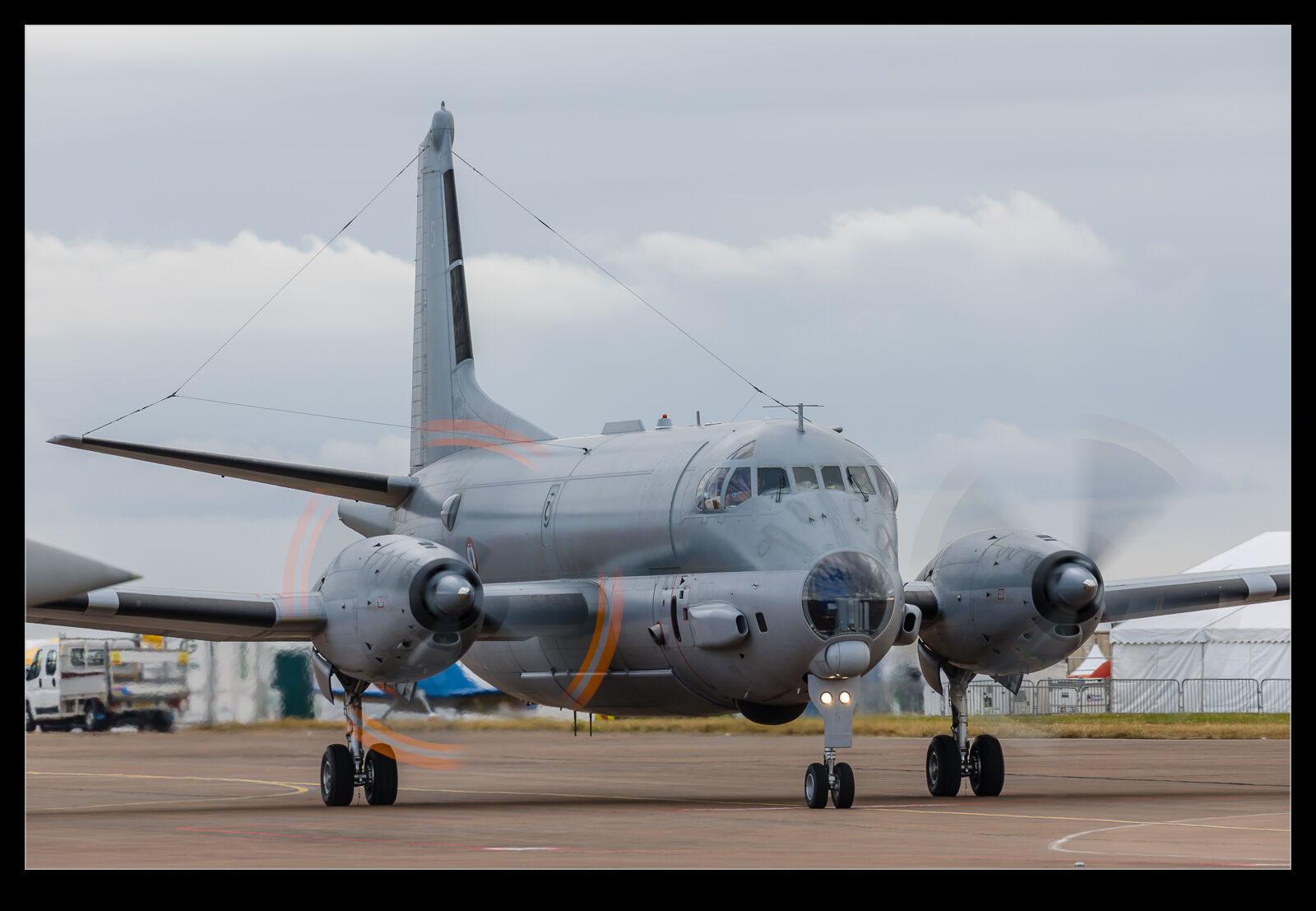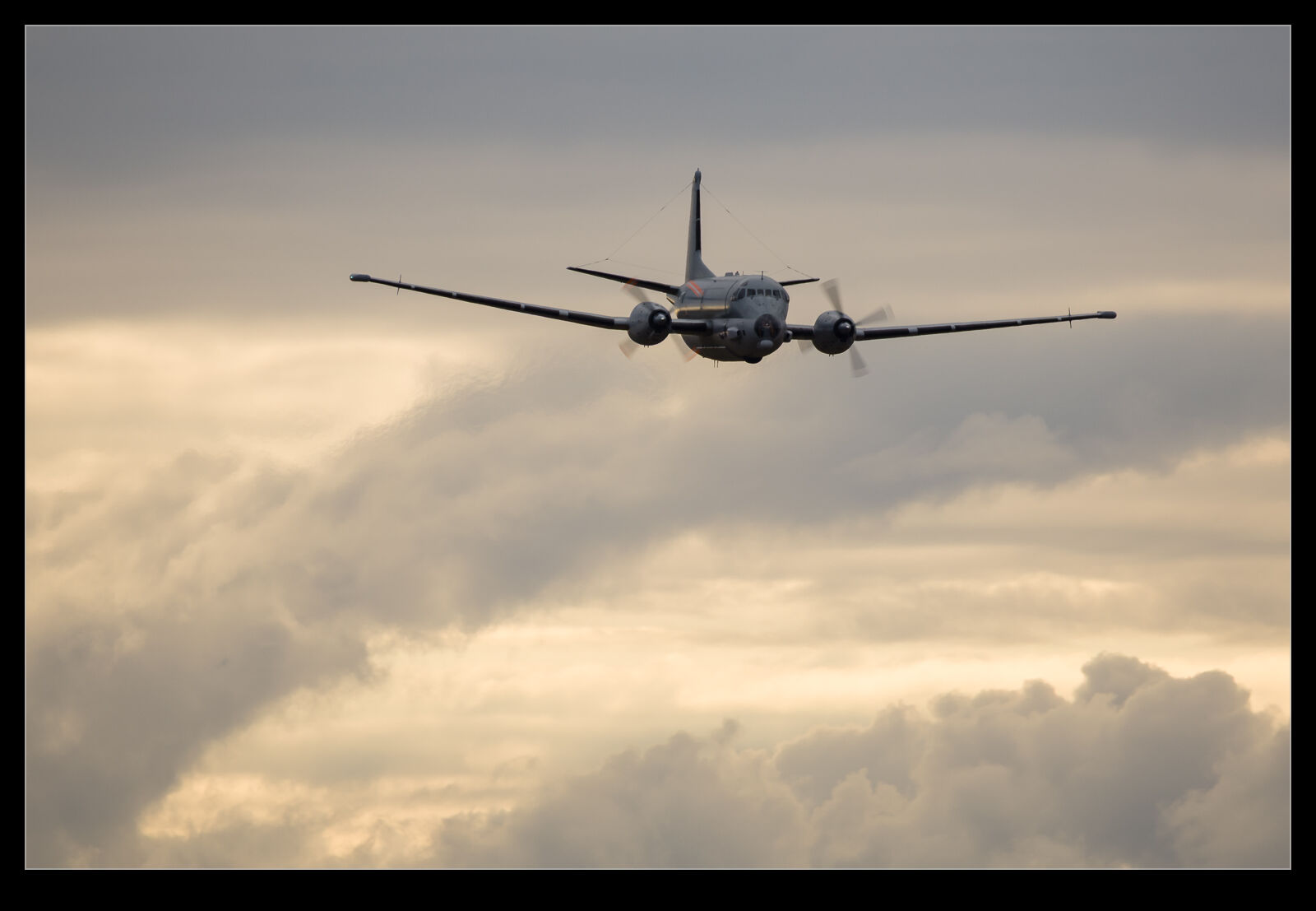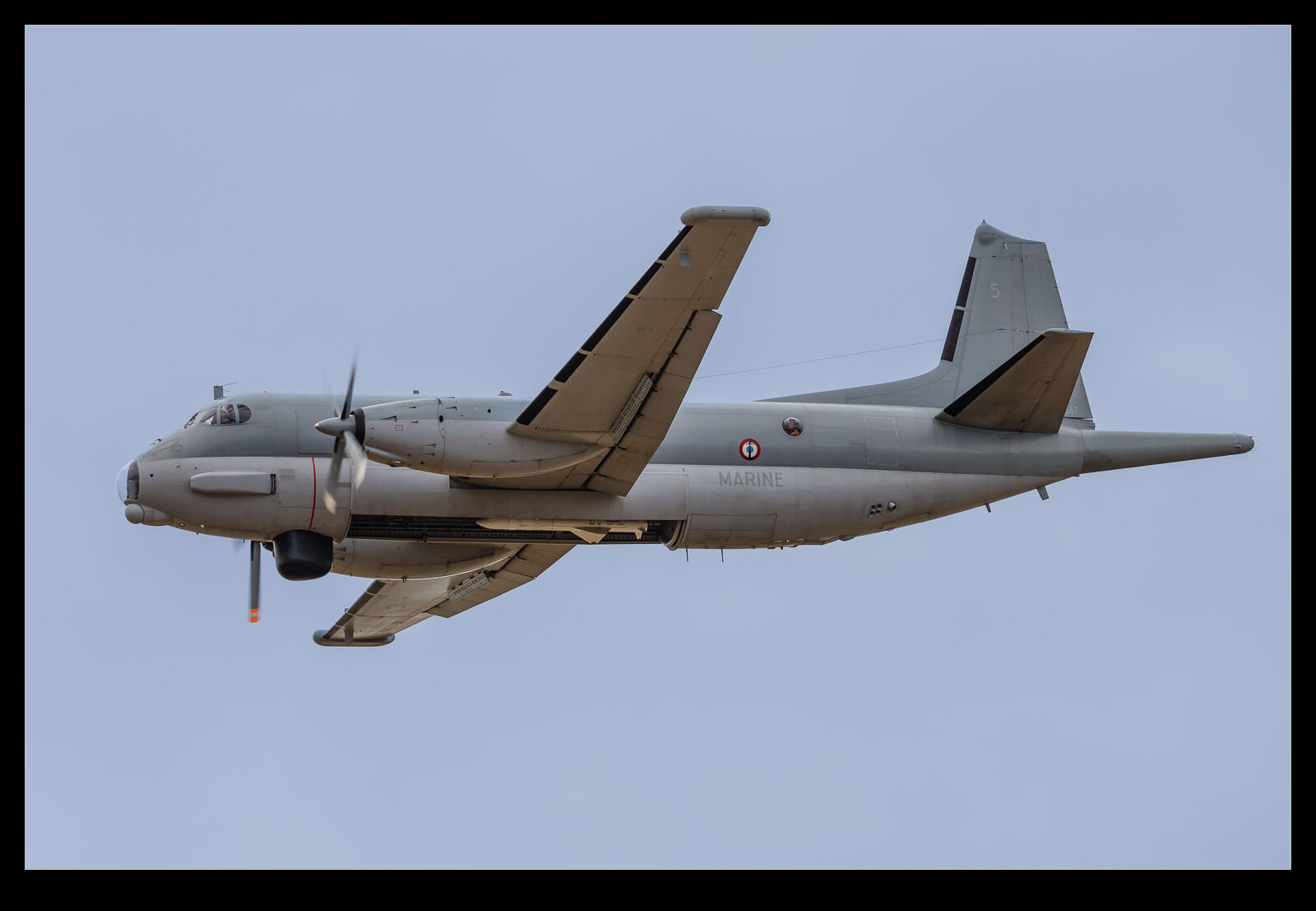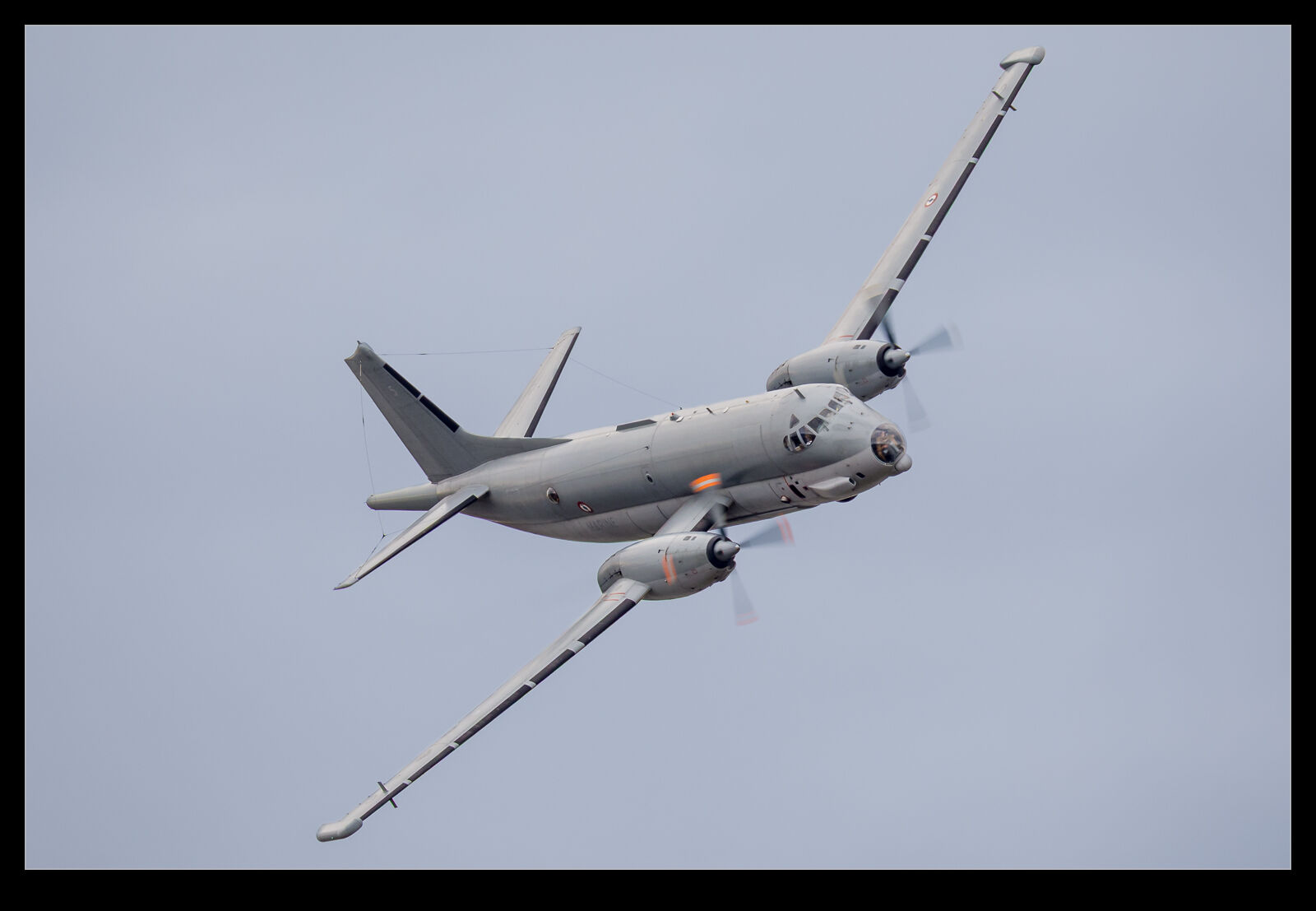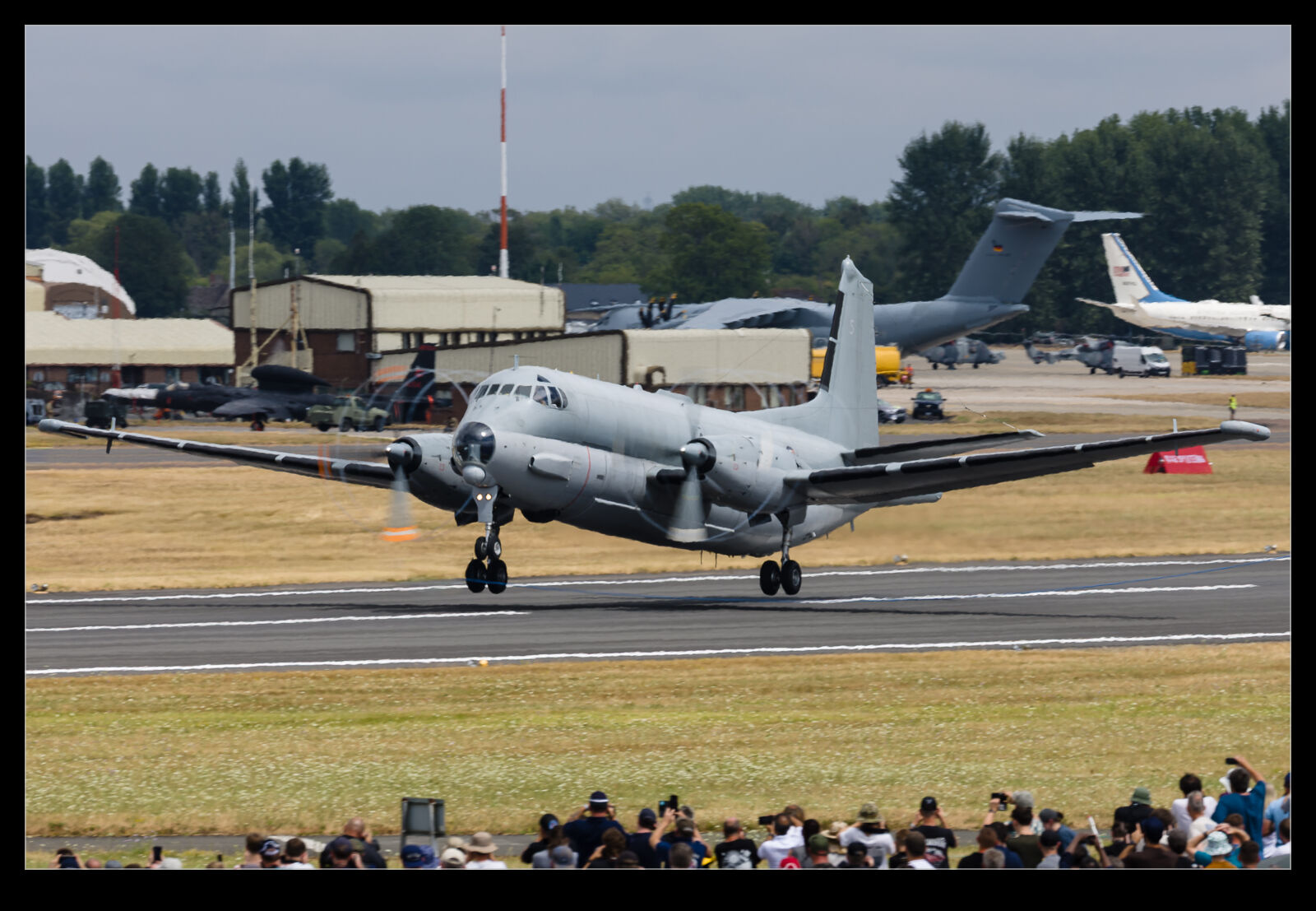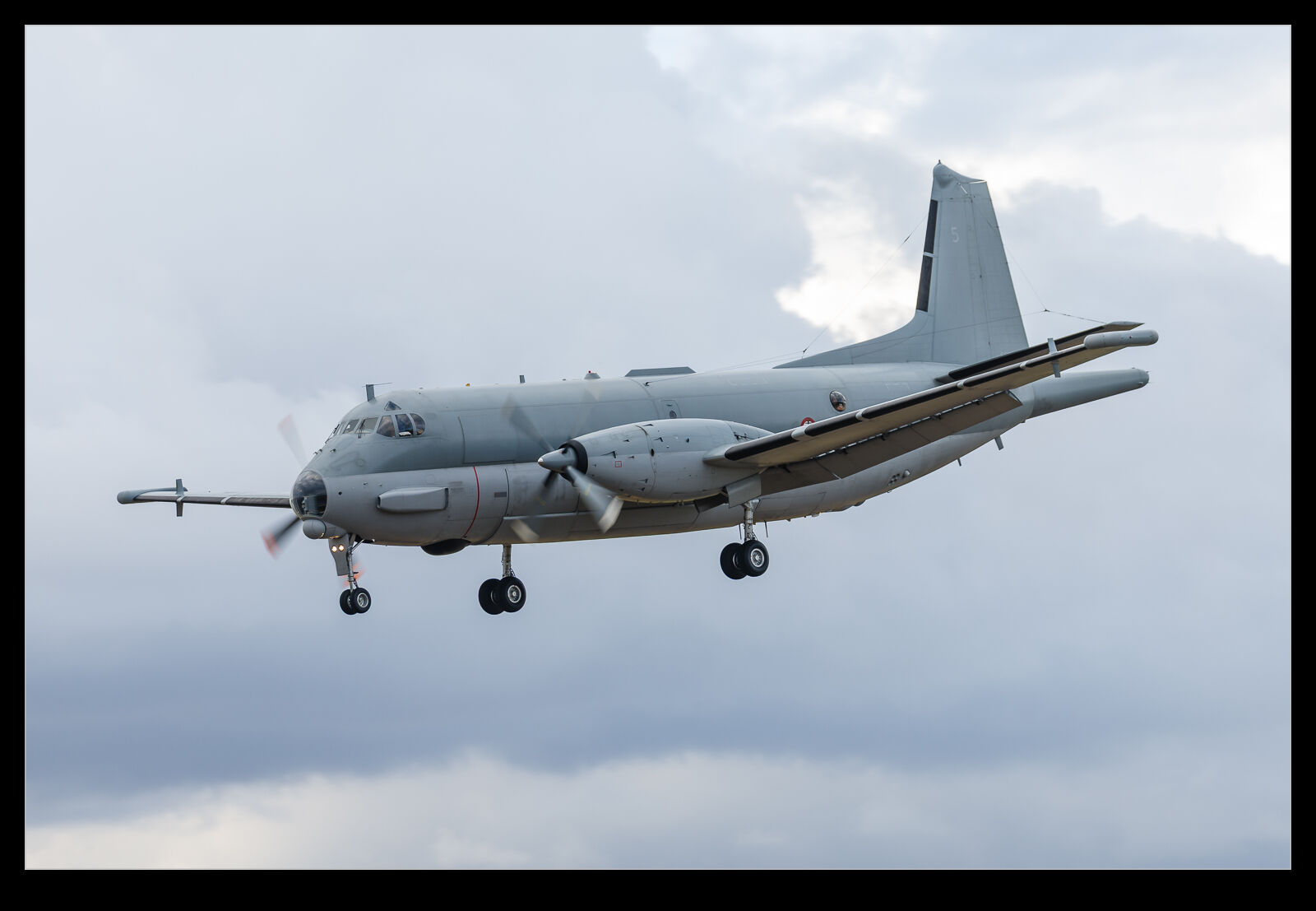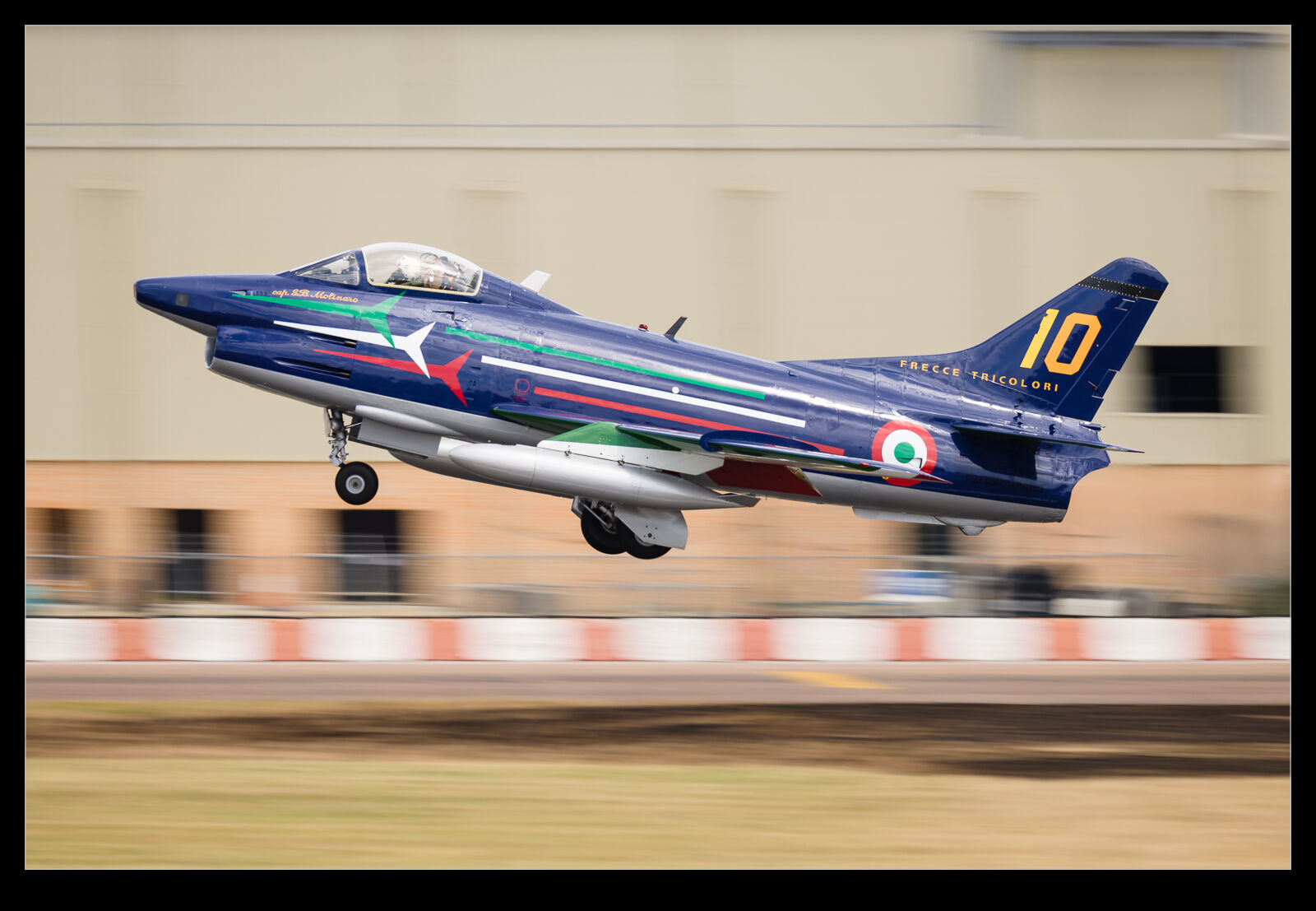 For as long as I have been going to air shows, the Italian Air Force’s display team, the Frecce Tricolori, has been flying the MB339. I knew that they used to fly the Fiat G91 but that was before my time. I have seen some G91s at museums marked up as Frecce jets but, whether they were actually previously in the team or just painted up in the same way that there are a ridiculous number of Hornets in Blue Angels colours, I didn’t know.
For as long as I have been going to air shows, the Italian Air Force’s display team, the Frecce Tricolori, has been flying the MB339. I knew that they used to fly the Fiat G91 but that was before my time. I have seen some G91s at museums marked up as Frecce jets but, whether they were actually previously in the team or just painted up in the same way that there are a ridiculous number of Hornets in Blue Angels colours, I didn’t know.
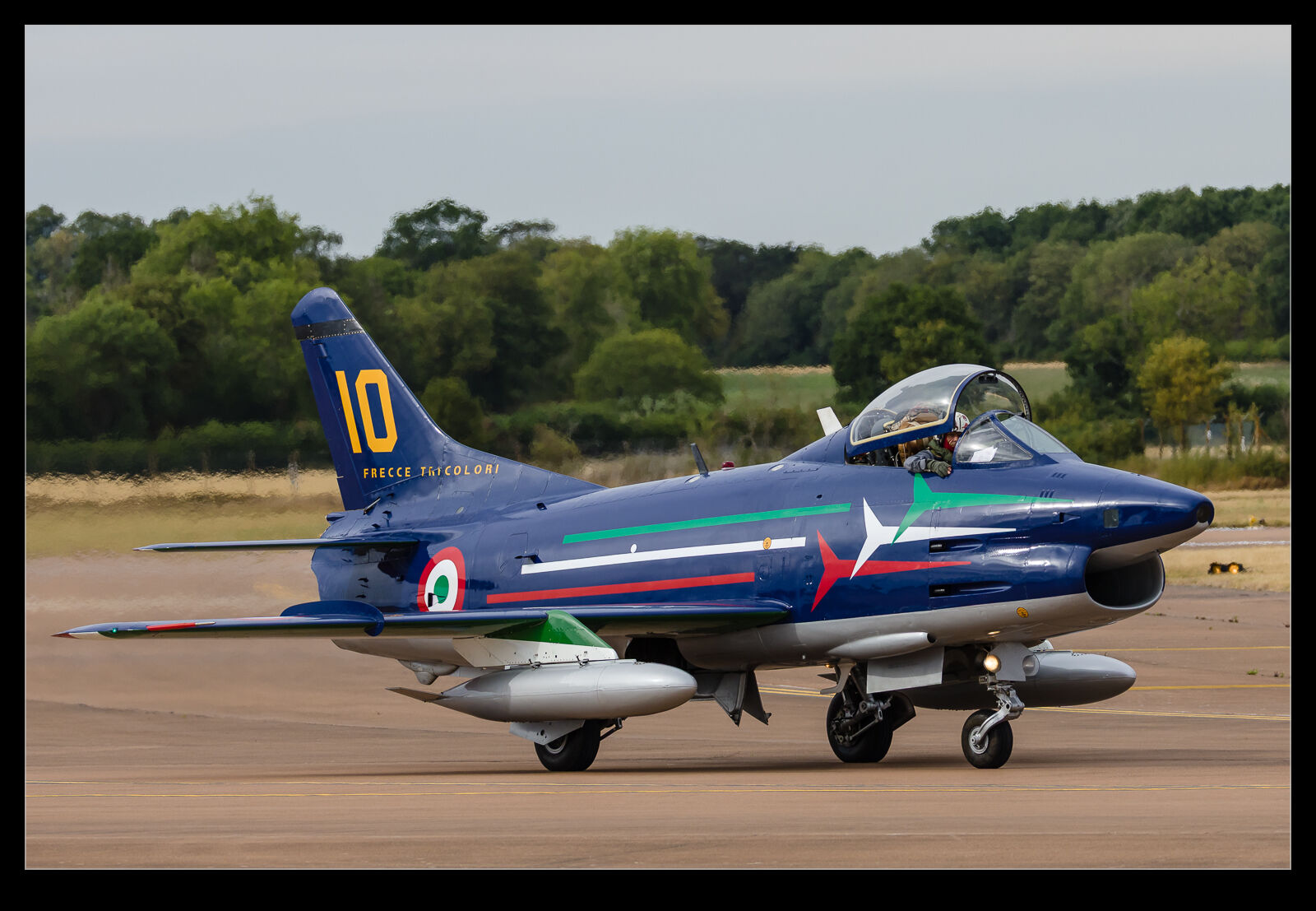 With the team getting ready to transition to the M346 before too long, it was an interesting comparison to have RIAT include a recently restored G91 display in Frecce colours. I think the original team jets has a pointed nose rather than the camera port on the majority of production aircraft, so I doubt this is an original team aircraft, but it is still something special to see. It did fly in formation with the M346 which is a nice before and after idea although not with the current team which would have been even better. Here is a selection of images of it from across the weekend of RIAT.
With the team getting ready to transition to the M346 before too long, it was an interesting comparison to have RIAT include a recently restored G91 display in Frecce colours. I think the original team jets has a pointed nose rather than the camera port on the majority of production aircraft, so I doubt this is an original team aircraft, but it is still something special to see. It did fly in formation with the M346 which is a nice before and after idea although not with the current team which would have been even better. Here is a selection of images of it from across the weekend of RIAT.
